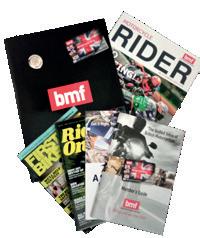✓ Free Legal Expenses Cover up to £100,000
✓ Great Value Multi-Bike Rates
✓ Accessory and Modification Cover
✓ Short Term Cover from One Day to Three Months
✓ Cover for Convicted Riders
✓ Laid-Up Cover
✓ Agreed Value
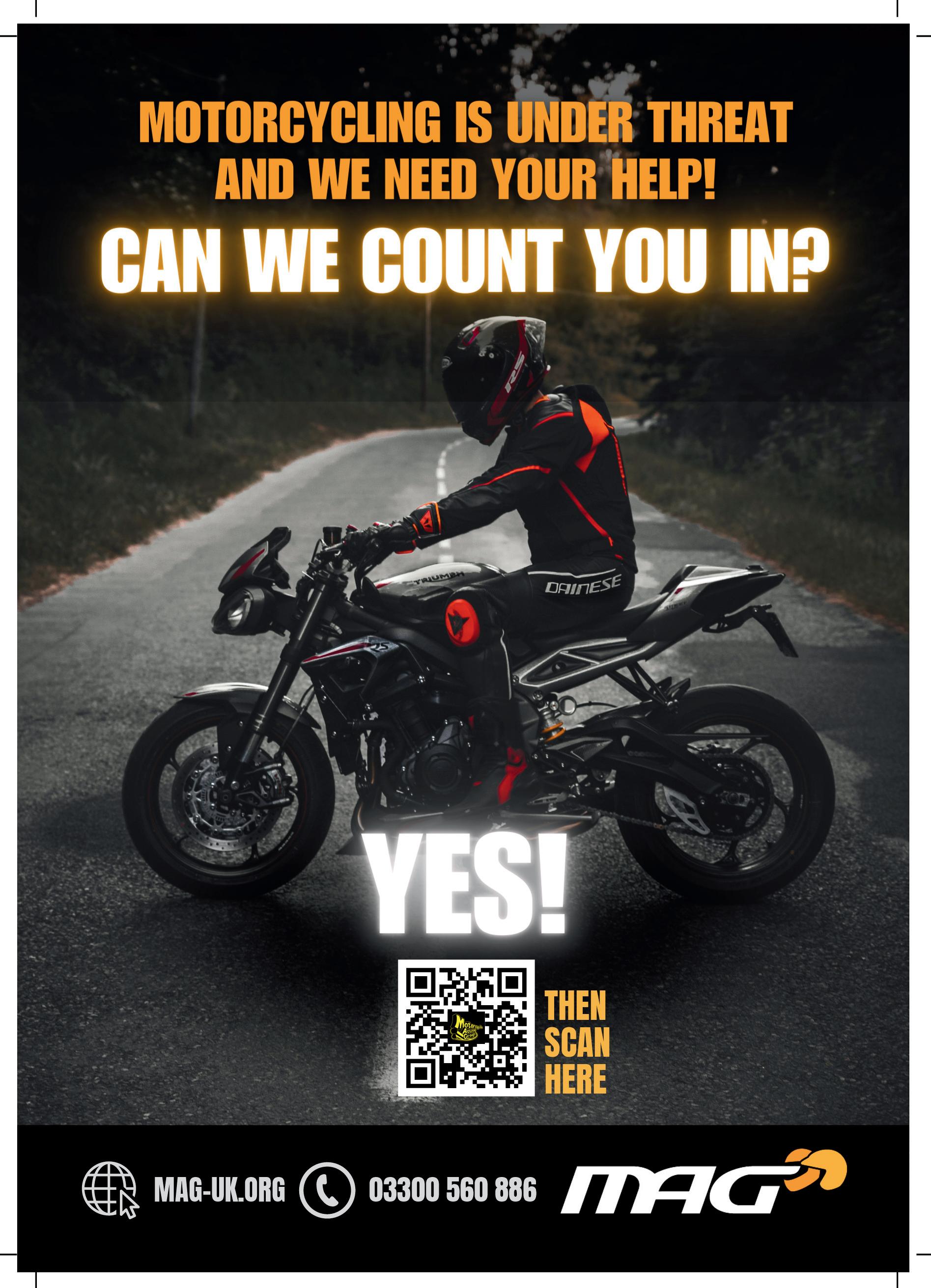

✓ Free Legal Expenses Cover up to £100,000
✓ Great Value Multi-Bike Rates
✓ Accessory and Modification Cover
✓ Short Term Cover from One Day to Three Months
✓ Cover for Convicted Riders
✓ Laid-Up Cover
✓ Agreed Value


Editor-at-large:

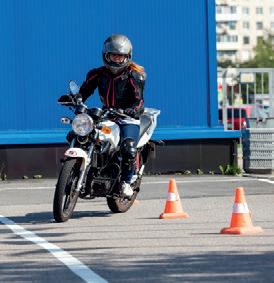
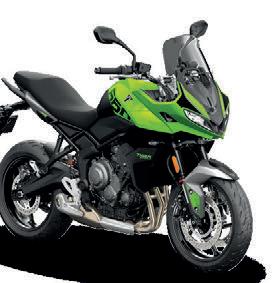
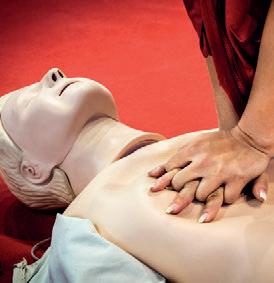


wheels for two and they’ll tell you the same.
You’ll save money, too. With fuel prices so high, the efficiency of a motorbike can’t be ignored. A Honda CB125F returns a claimed 145mpg, compared with 42.8mpg for a Honda CR-V hybrid. That’s good for your pocket, and good for the environment.
You’ll be quids in when it comes to vehicle tax as well. Even a 600cc+ bike will cost just £111 per year
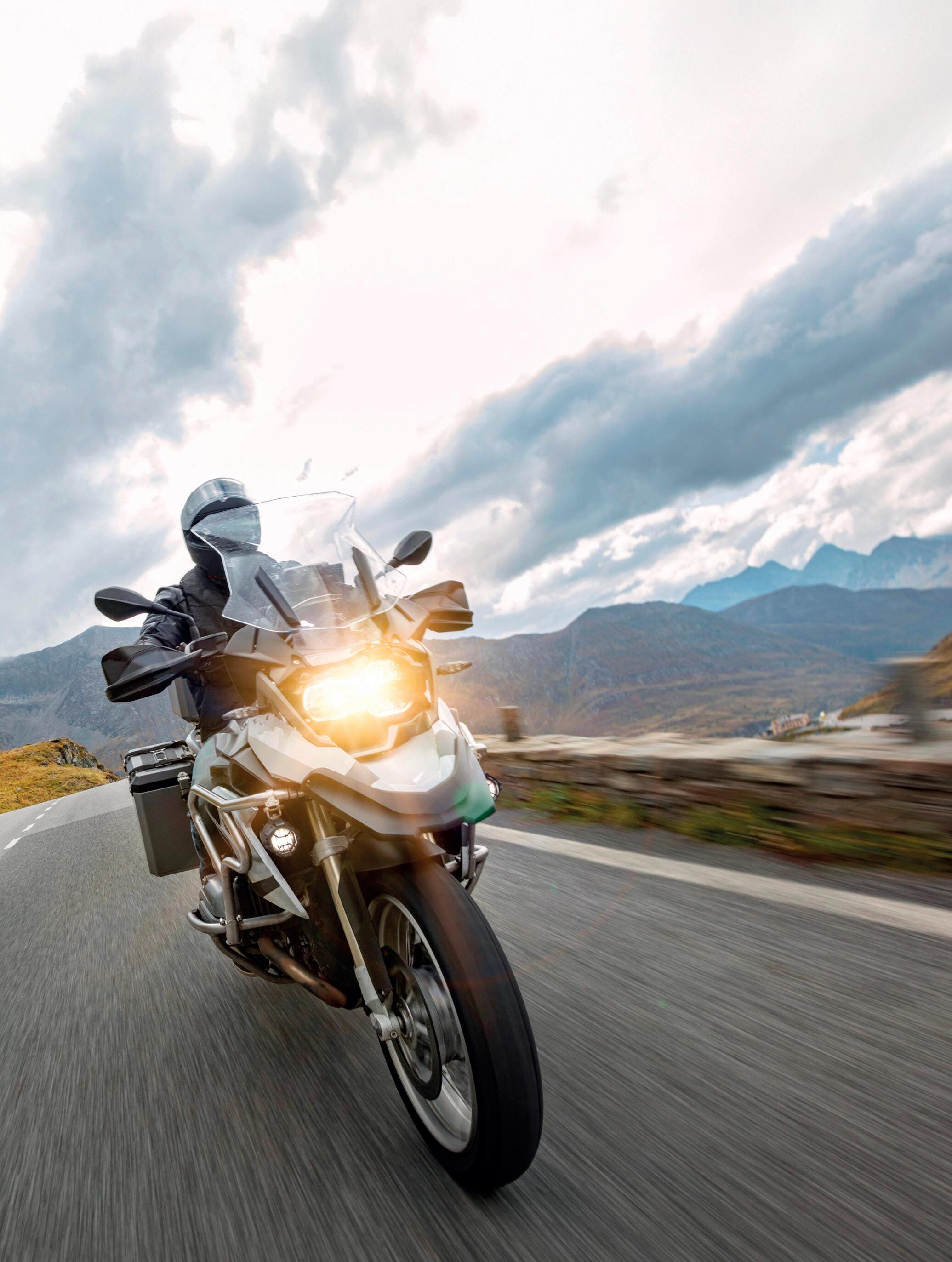
in tax. A petrol or diesel car costing over £40,000 will set you back £570 per year.
Insurance costs will vary depending on a whole host of factors, but according to Compare the Market, the average motorbike premium is £77 less than the average price of car insurance.
The list of reasons to choose two wheels rather than four is a long one, although there’s no denying the extra risk. Like most of life’s pleasures, motorbikes are best enjoyed responsibly.
FUEL BILL FROM LANDS END TO JOHN O’GROATS
BIKE: Honda CB125F £ 37.55
CAR: Honda CR-V Hybrid £127.21
VEHICLE TAX (ANNUAL)
BIKE: 600cc+ motorbike £117
CAR: £40k+ petrol car £620
INSURANCE COST (AVERAGE)
BIKE: £652
CAR: £729
Here’s what you need to know before hitting the road
If you passed your driving test before 1 February 2001 you will already have a provisional ‘Category A’ licence, so you’re eligible for Compulsory Basic Training (CBT). If you passed more recently, you’ll need to apply at gov.uk/apply-firstprovisional-driving-licence, which costs £34.
Over a day or two, you’ll learn the basics of how to control a motorbike, along with defensive riding and the Highway Code. You’ll then spend a couple of hours on the road. When the instructor feels you have reached a safe standard you’ll be issued with the DL196 (CBT) certificate. This is valid for two years. You can now ride an 11kW 125cc bike with L-plates, but no pillion passengers and you can’t use the motorway. If you don’t pass the theory and practical within two years you’ll need to redo the CBT.
There are two parts to the theory test; multiple choice questions, and the hazard perception test. You need to score at least 43 out of 50 in the multiple choice section and 44 out of 75 in the hazard perception test. The test costs £23. You can take the theory test before completing CBT if you prefer.
Module 1 is off road and Module 2 is on the road.
You must pass Module 1 before moving on to Module 2. Module 1 takes around 20 minutes, and you’ll need to show you can corner, brake, and make an emergency stop safely.
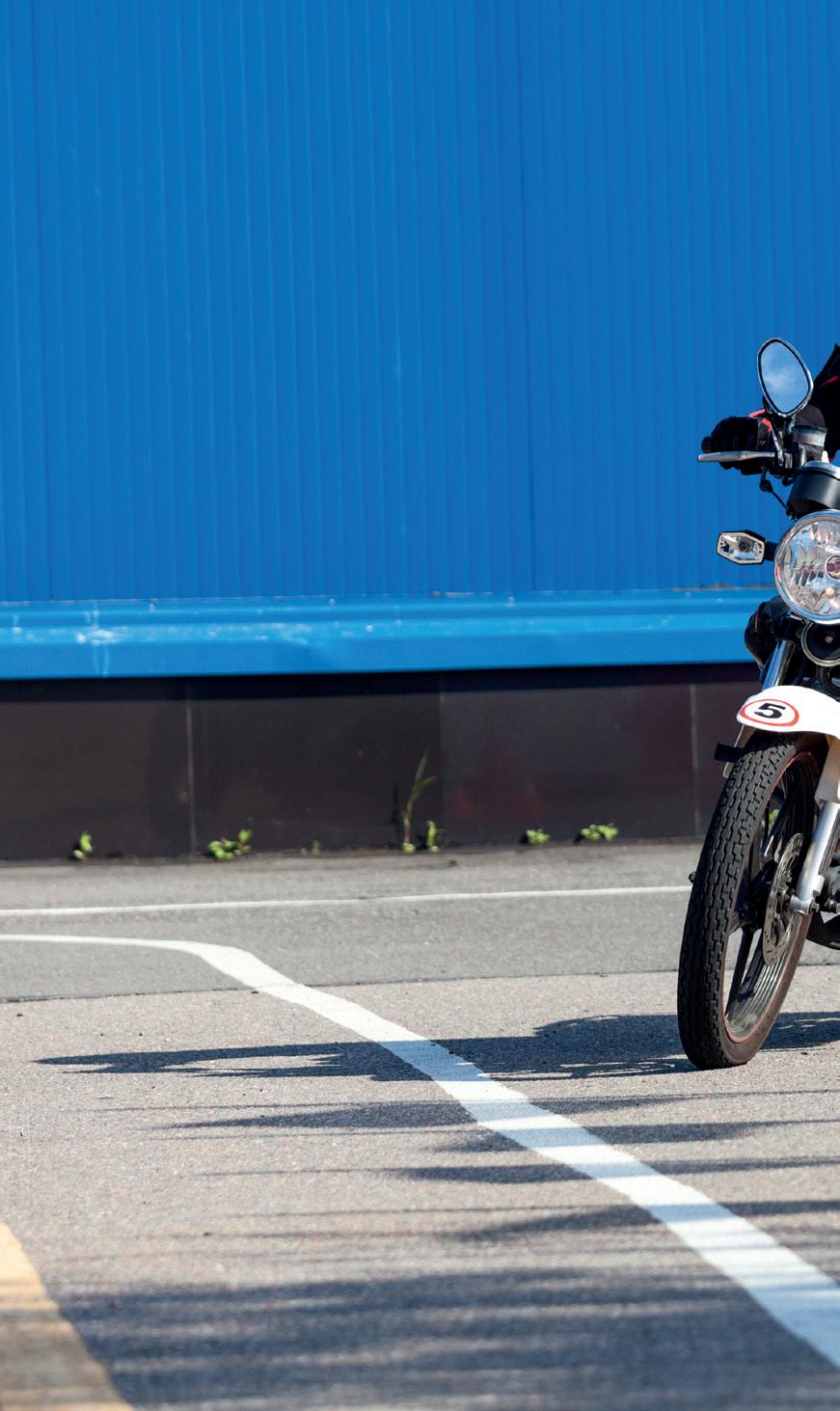

Module 2 lasts around 40 minutes, and includes an eyesight check, ‘show me, tell me’ safety questions, road riding, and independent riding (without an examiner directing you). A Module 1 test costs £15.50, a Module 2 test costs £75 on a weekday and £88.50 in the evening or on a weekend.
Whatever your age, once you have passed the practical test
DIRECT
ACCESS IF YOU ARE 24 OR
OVER YOU CAN TAKE YOUR PRACTICAL TEST ON ANY TYPE OF BIKE, SO YOU CAN GO STRAIGHT TO A ‘CATEGORY A’ LARGE BIKE.
you can ride without L-plates, take pillion passengers, and use the motorway. However, you are restricted to riding the class of motorbike you took your test on. For anyone aged 17-18 that means nothing more powerful than an A1 bike (11kW), for riders aged 19-23 an A2 bike (35kW), while riders over 24 can ride a Category A bike, so long as that’s what they rode when taking the practical.
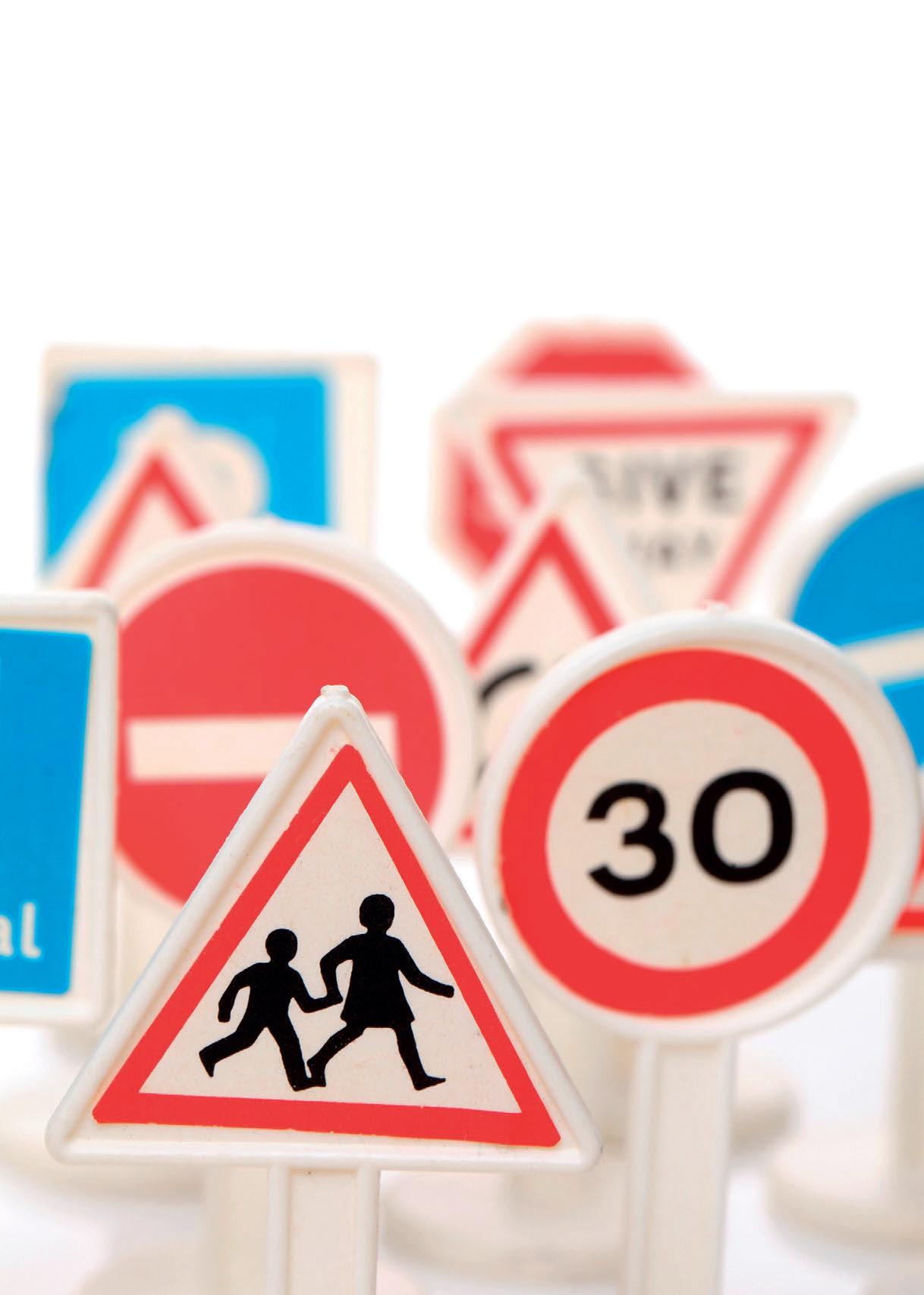
What to expect, and how to pass your theory test
Prep well to pass your practical test first time
With your theory test pass certificate safely tucked in your pocket, your next challenge is to pass the practical test.
To give yourself the best chance of making the grade, you’ll need some professional instruction. Don’t make the mistake of thinking you can pick up all the skills you need by practising on your own on a 125cc bike, or that years behind the wheel of a car mean mastering a bike is easy. A good motorcycle training school will have so much to teach you.
Riding on a wide variety of roads with the feedback of a professional instructor will make all the difference to your skills. You’ll improve far more quickly than you would on your own, and an instructor will give you a better handle on what’s expected in the practical test.
This is the off-road portion of the test and lasts around 20 minutes. You need to show that you can handle the bike in a controlled environment before tackling unpredictable public roads.
Expect the test to include:
● wheeling the motorcycle and using the stand
1 Ride the routes. Your training school should have a decent handle on the roads commonly used for the Module 2 test.
● riding a slalom and figure of eight
● a slow ride
● a U-turn
● cornering and a controlled stop
● cornering and an emergency stop
● cornering and hazard avoidance
Pass Module 1 and you can move on to Module 2. This will take around 45 minutes, and begins with an eyesight check. You’ll need to prove you can read a numberplate from 20 metres away.
Then there are the ‘show me, tell me’ questions. You don’t need to be an expert mechanic to answer these, a sound working knowledge of your machine will be enough. It could be something like ‘How would you check the tension and alignment of your bike’s chain?’
Now it’s time to get on the bike. You’ll ride under the examiner’s direction, doing things like:
● normal stops
● an angle start (pulling out from behind a parked vehicle)
● a hill start (where possible)
Then there’s 10 minutes or so of independent riding to
Ride them in advance and look out for tricky junctions and potential hazards.
2 Obey the speed limit. Bikes accelerate very quickly, so keep an eye on your speed at all times.
IF YOU ARE 24 OR OVER YOU CAN TAKE YOUR PRACTICAL TEST ON ANY TYPE OF BIKE, SO YOU CAN GO STRAIGHT TO A CATEGORY A BIKE.
assess your ability to ride safely while making your own decisions.
To pass, you’ll need to make no more than 10 riding faults (sometimes called ‘minors’) and no serious or dangerous faults (sometimes called ‘majors’).
3 Look over your shoulder. These checks are important to staying safe and passing the test.
4 Not too close. Always leave a safe gap to the vehicle in front.
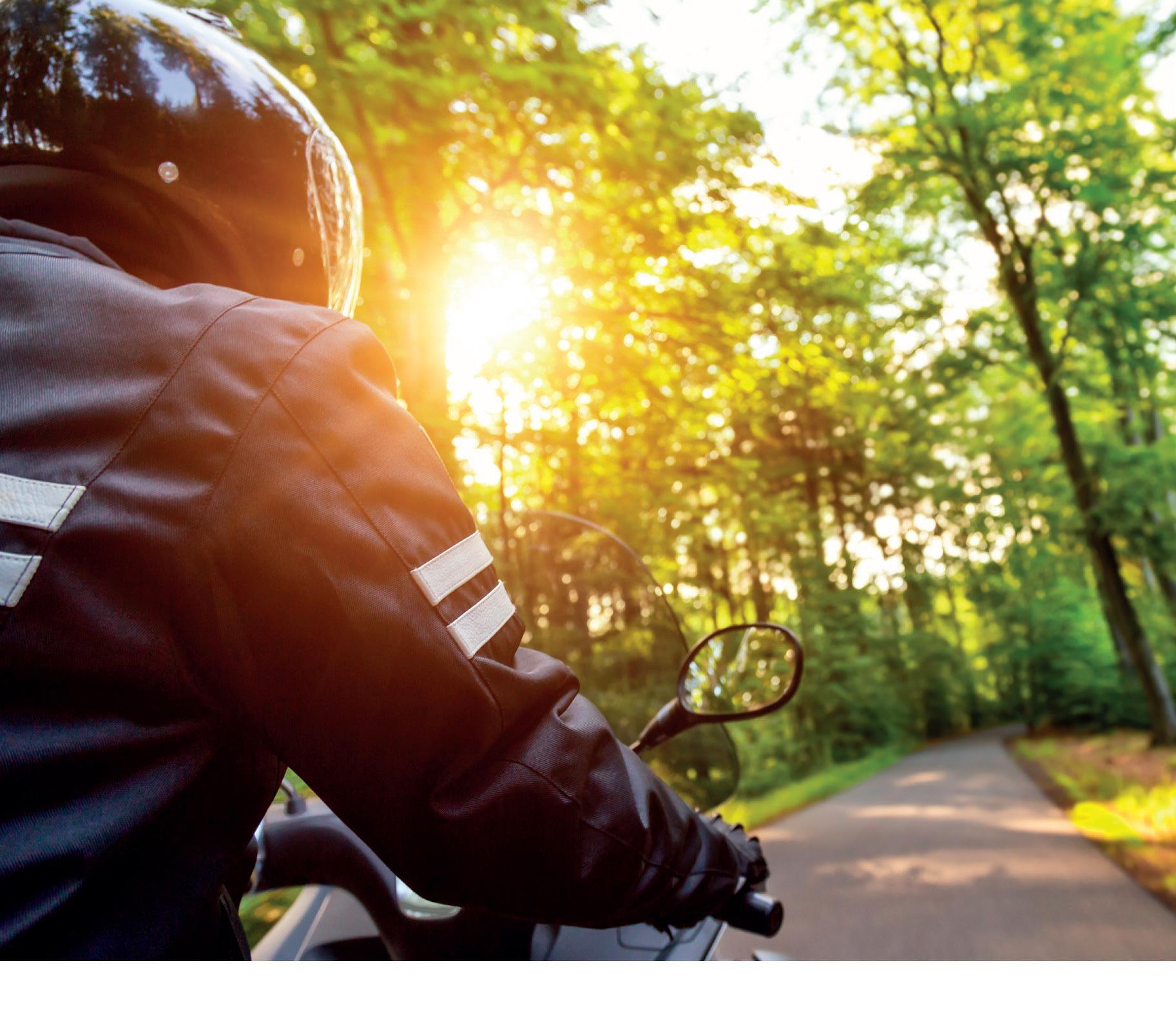
Post-test training helps make the most of your potential as a biker
The better you ride, the more enjoyable biking becomes. There are few things as satisfying as honing a new skill, and with motorcycles there are so many new skills to learn. When we first get on the
road, we’re at the bottom of the curve. Even after earning your A licence there’s still so much to learn to stay safe and be a better biker.
Motorcycling isn’t just a way of getting around. When you become a rider,
you become part of a community, and many bikers are passionate about sharing their enthusiasm through formal post-test training and the many clubs and groups around the country. Think back to when you
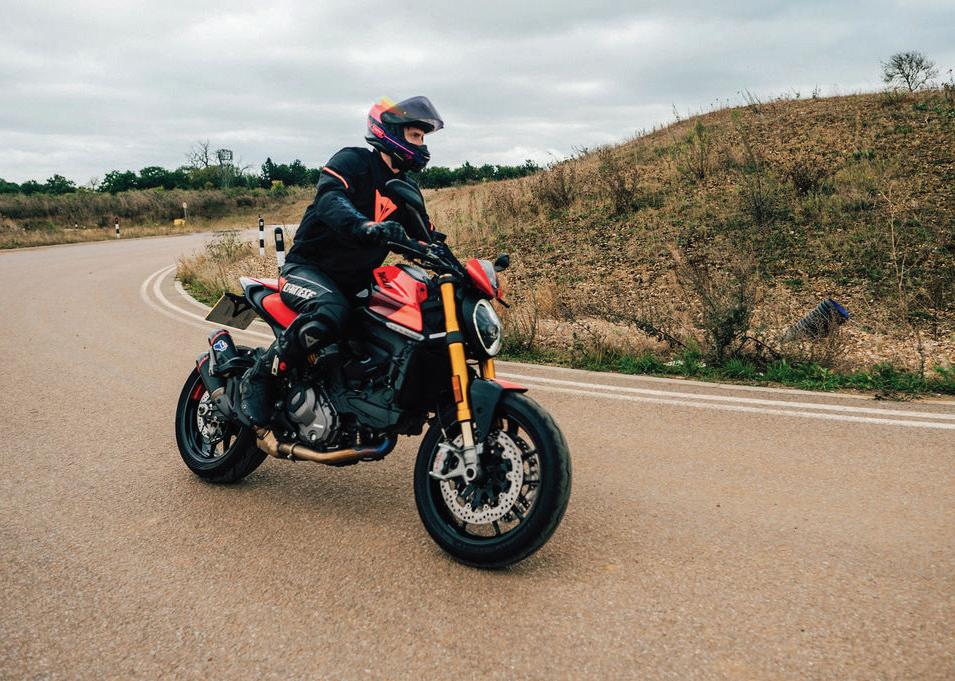

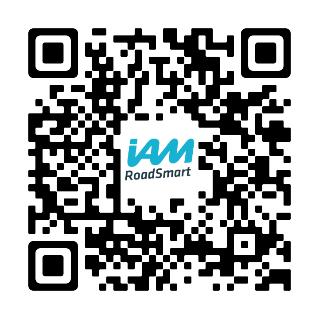
MOTORCYCLISTS
The BMF promotes motorcycling, campaigns for bikers’ rights, and runs shows and rallies across the UK. There are more than 200 local clubs affiliated to the BMF across the country.
Membership costs £28 per year (£34 for two people living at the same address). www.bmf.co.uk
passed your driving test: you probably couldn’t wait to ditch the L-plates and wave goodbye to your driving instructor for the last time. Now that you have many years of extra life experience you’re likely to feel differently when you earn your full bike licence.
Motorcycling gets under your skin, and becoming a better rider will be part of what drives you on. These are some of the schemes that can improve your riding, and often reduce your insurance premium too.
A free three-hour course, Biker Down covers accident scene management, first aid for motorcyclists, and the science of being seen.
The thinking behind it is that many riders travel in pairs or small groups, so if a rider is involved in a collision the next road-user on the scene is often another biker.
Having completed the course you’ll be given a certificate and a first aid kit (find out more on page 38).
The Advanced Rider course costs £215. You’ll be paired with one of IAM’s observers, who will help develop core skills including road positioning and bike control. You’ll also receive a handbook and associate membership of IAM RoadSmart. After several rides the observer will decide you are ready for the test.
Once you pass, full IAM RoadSmart membership will cost you £47. www.iamroadsmart.com
BikeSafe is a national motorcycle initiative run by the police. It aims to raise awareness of the importance and value of accredited post-test training. BikeSafe workshops involve an observed ride with a police-graded motorcyclist or approved BikeSafe observer.
The exact course content varies depending on where you are in the country, but BikeSafe workshops aim to cover attitude, observation, cornering, overtaking, filtering, junctions, group riding, hazard awareness and motorcycle control.
There are many police forces involved in BikeSafe, with 75 workshop venues. BikeSafe costs £84 per rider.
The Enhanced Rider Scheme (ERS) is run by the Driver and Vehicle Standards Agency (DVSA) and the Motorcycle Industry Association (MCIA). Whether you have just passed your test or are returning to biking after a
Run by volunteers, MAG promotes motorcycling in the UK and stands up for riders’ rights. MAG speaks up on issues such as bus lane access and bike theft. It runs both national and local events, and offers members various benefits including discounted insurance. It costs £30 for single membership and £45 for joint membership for two adults. www.mag-uk.org
“BIKING GETS UNDER YOUR SKIN, AND BECOMING A BETTER RIDER WILL BE PART OF WHAT DRIVES YOU ON”
long break, ERS is for you.
To begin with you’ll have an assessment with an expert trainer riding in a variety of different road and traffic conditions. This usually takes an hour or two. If the assessment shows that you’d benefit from extra training, you’ll be given a training plan.
You’ll get a DVSA certificate of competence, either when you have completed the extra training or immediately after the initial assessment if you make the grade. Most insurers will then give you a discount. Costs vary depending on the instructor and how much extra training you need.

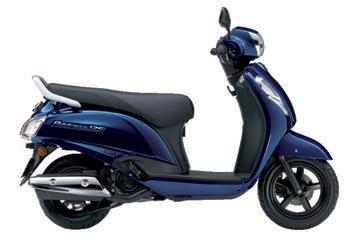
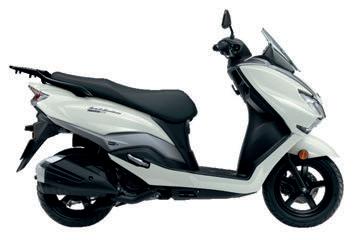
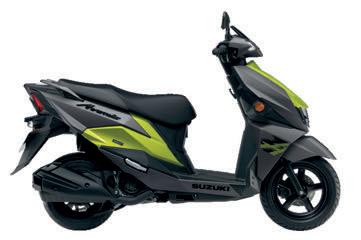
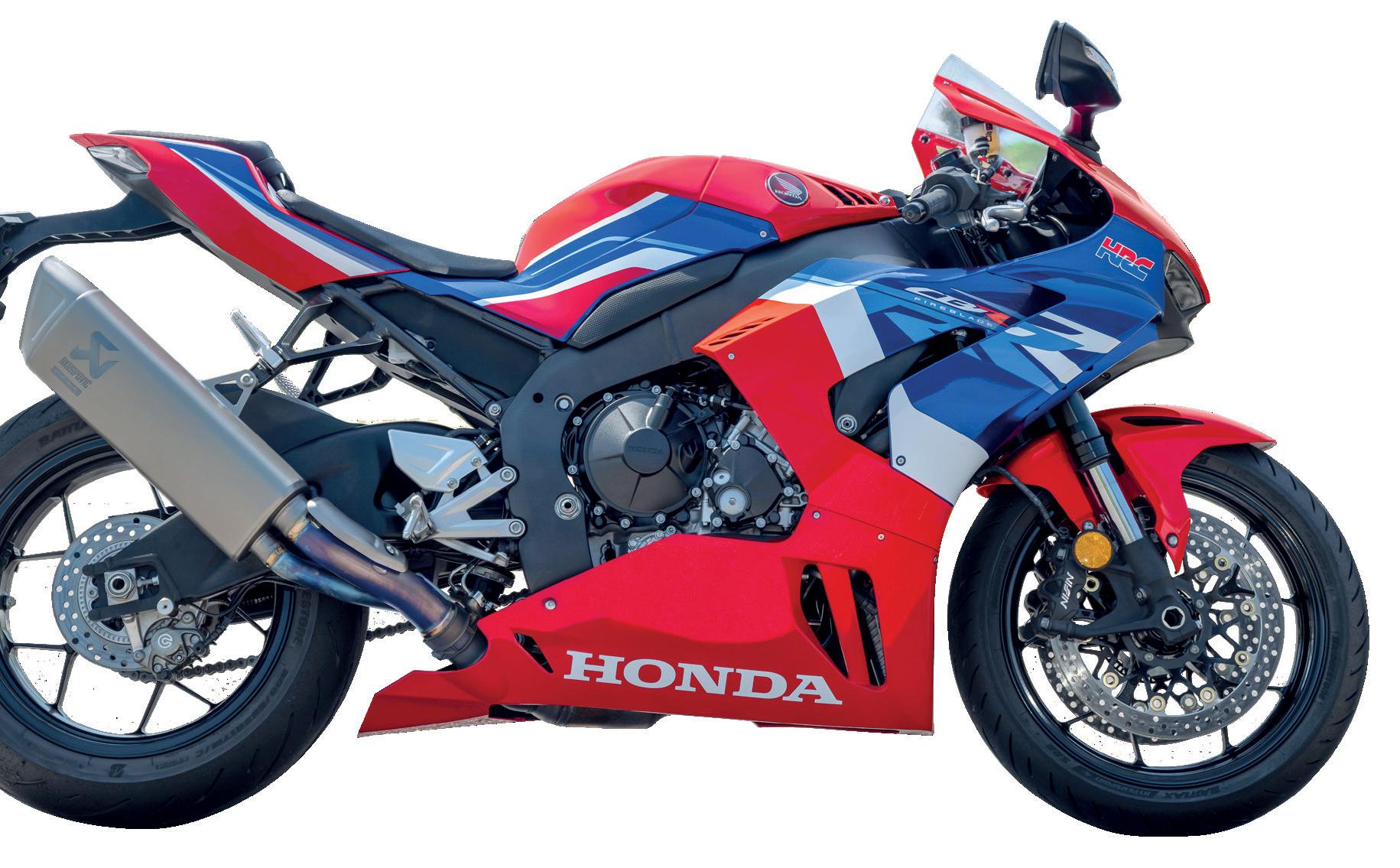
You’ve got your licence – but which type of bike is right for you?
The closest thing to a racing bike for the road, sports bikes set the standard for performance and handling. For a thrilling ride on the road or on track, nothing else comes close.
However, being so focused means sports bikes aren’t for everyone. There will be a lot more weight on your wrists than when riding an adventure bike or a tourer, and don’t expect much in the way of storage.
Engines tuned for peak power need plenty of revs, so you’ll need to change gear more often than would
when riding an adventure bike. A sports bike isn’t ideal when you want to take a steadier pace and enjoy your surroundings.
Sports suspension will be taut and controlled, but you’ll feel more road imperfections through the bar and the seat than if you opted for a tourer. BUY IF… you plan to ride a lot of track days.
AVOID IF… storage space and comfort are important.
Adventure bikes are the SUVs of the motorbike world. Maybe you’re just riding to the office, but on an
adventure machine you could be setting off around the world.
There are good reasons to choose an adventure bike besides their image. The upright riding position is more friendly to middle-aged backs than the hunkered down tuck of a sports bike, and as a rule, longtravel suspension delivers impressive comfort, on and off Tarmac. The engines are usually tuned to perform strongly without needing to be revved hard, which makes for an easy and relaxed ride.
On the other hand, adventure bikes tend to be
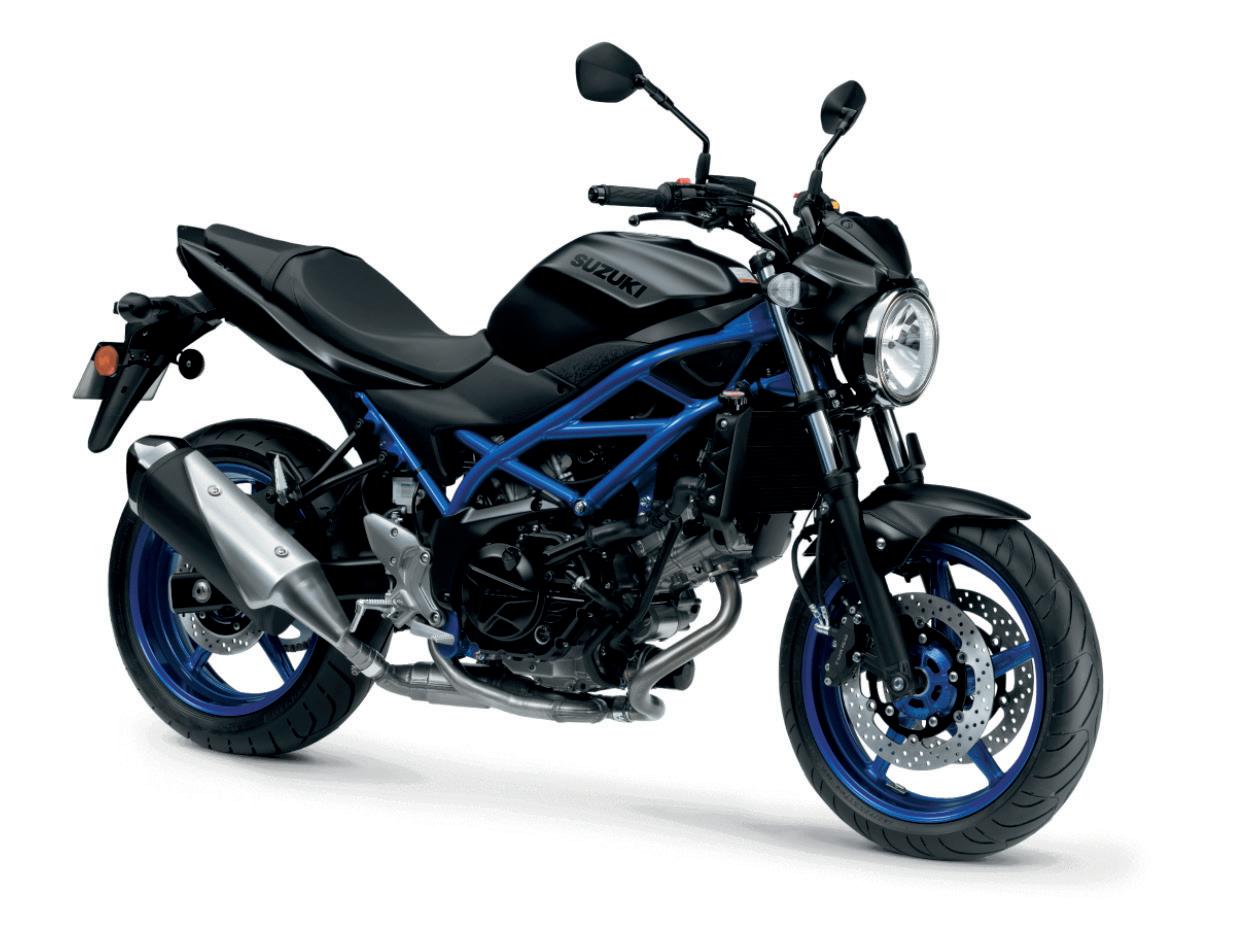
A naked bike is one without a fairing to improve aerodynamics and keep the rider out of the wind. Sometimes called standard bikes or roadsters, lots of new riders start out on naked machines before progressing to something more specialised.
You want a bike to commute on? A naked bike can do that. You want a bike for some weekend fun? A naked bike can do that too. It doesn’t necessarily excel in any one area but it will do just about anything you ask of it.
As a rule of thumb, naked bikes are less expensive and more fuel efficient than adventure bikes and sports machines. Middling saddle heights make naked bikes well suited to riders of most shapes and sizes, and a reasonably upright riding position keeps things comfortable.
On the other hand, if you want to travel long distances on the motorway you might miss having a fairing. Or if outright thrills are your priority, you may prefer a sports bike.
BUY IF… you want a good all-rounder.
AVOID IF… regular long rides are on the cards.
A modern classic bike is one designed to look like a bike from an earlier era. So if you grew up in the ’70s desperate to ride a Kawasaki Z1, you can now buy the modern equivalent.
Nostalgia plays a big part in choosing a modern classic, but it’s not necessarily a headover-heart purchase. You get retro looks without the oil leaks and iffy brakes of an old bike. If you haven’t got the time, patience, or mechanical knowledge to maintain a classic machine, a modern
retro motorcycle offers the best of both worlds.
As day-to-day machines, modern classics have a lot in common with naked bikes. They generally won’t have a fairing and will lack the storage options of a tourer. They won’t handle with the agility and precision of a modern sports bike, but with the advances in suspension, braking and tyres over recent decades they won’t be slouches either.
BUY IF… retro style is all important.
AVOID IF… you want something sportier or more practical.
“CHOOSE A MODERN CLASSIC, AND YOU GET RETRO LOOKS WITHOUT THE OIL LEAKS AND IFFY BRAKES OF AN OLD BIKE“
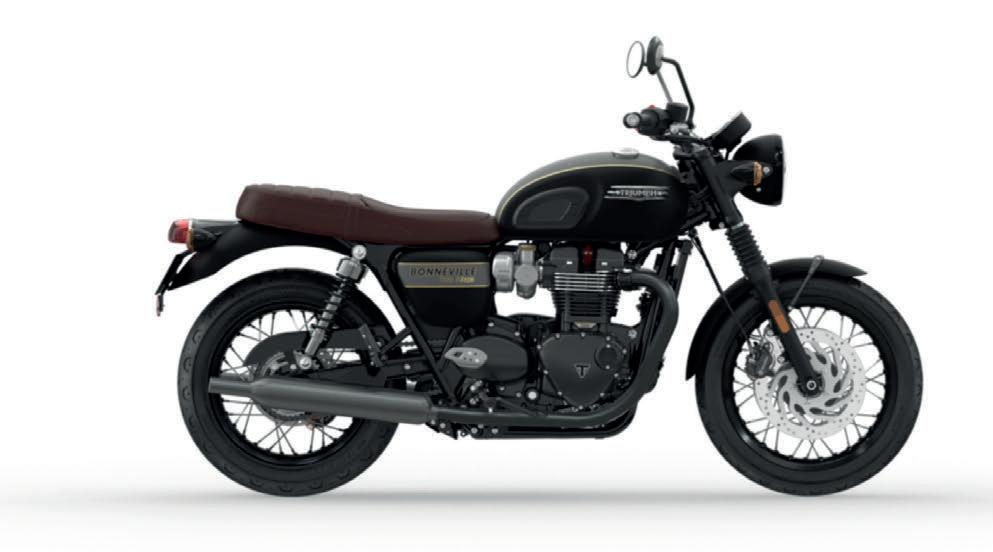
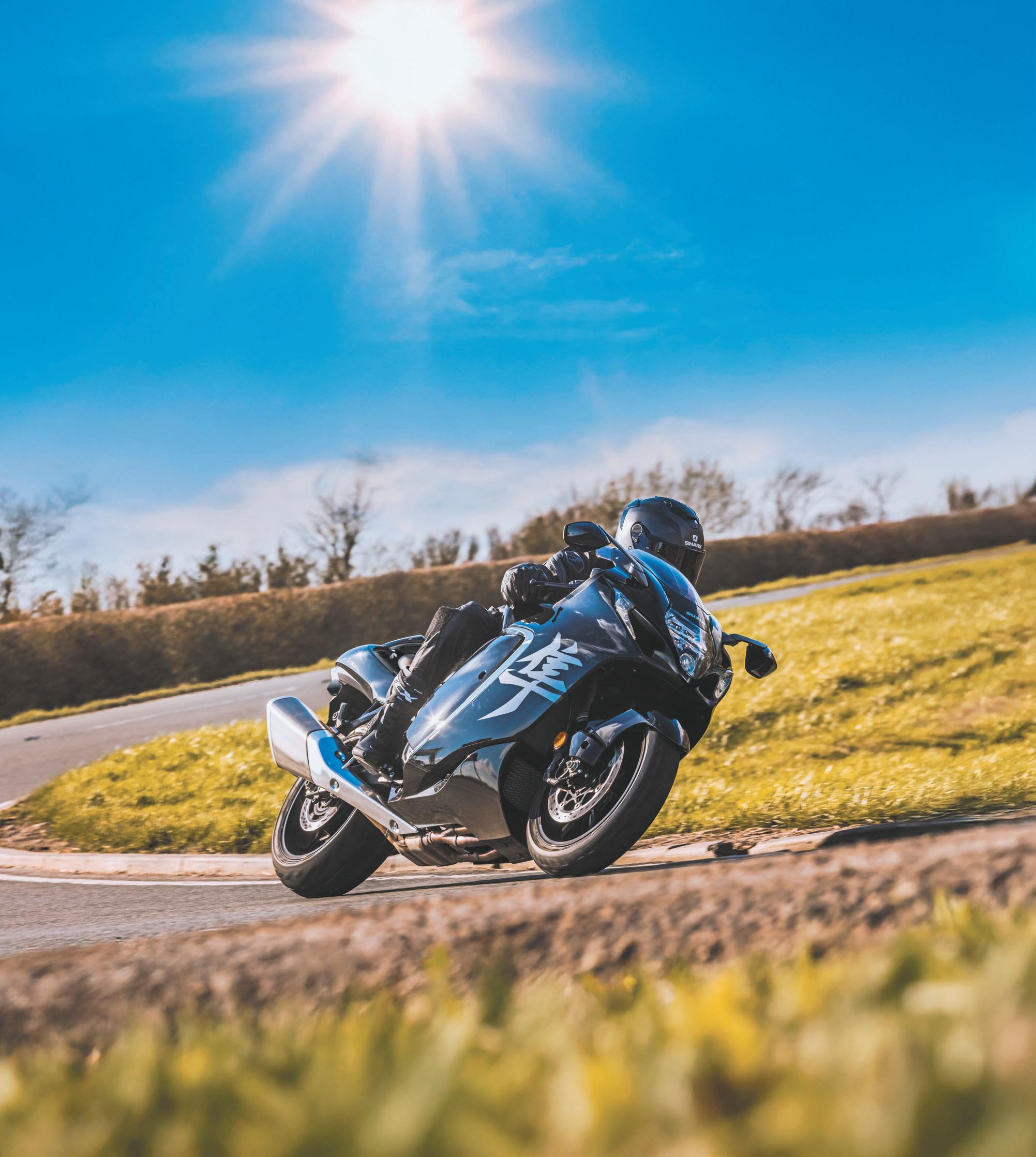
SO, HOW DOES IT WORK?
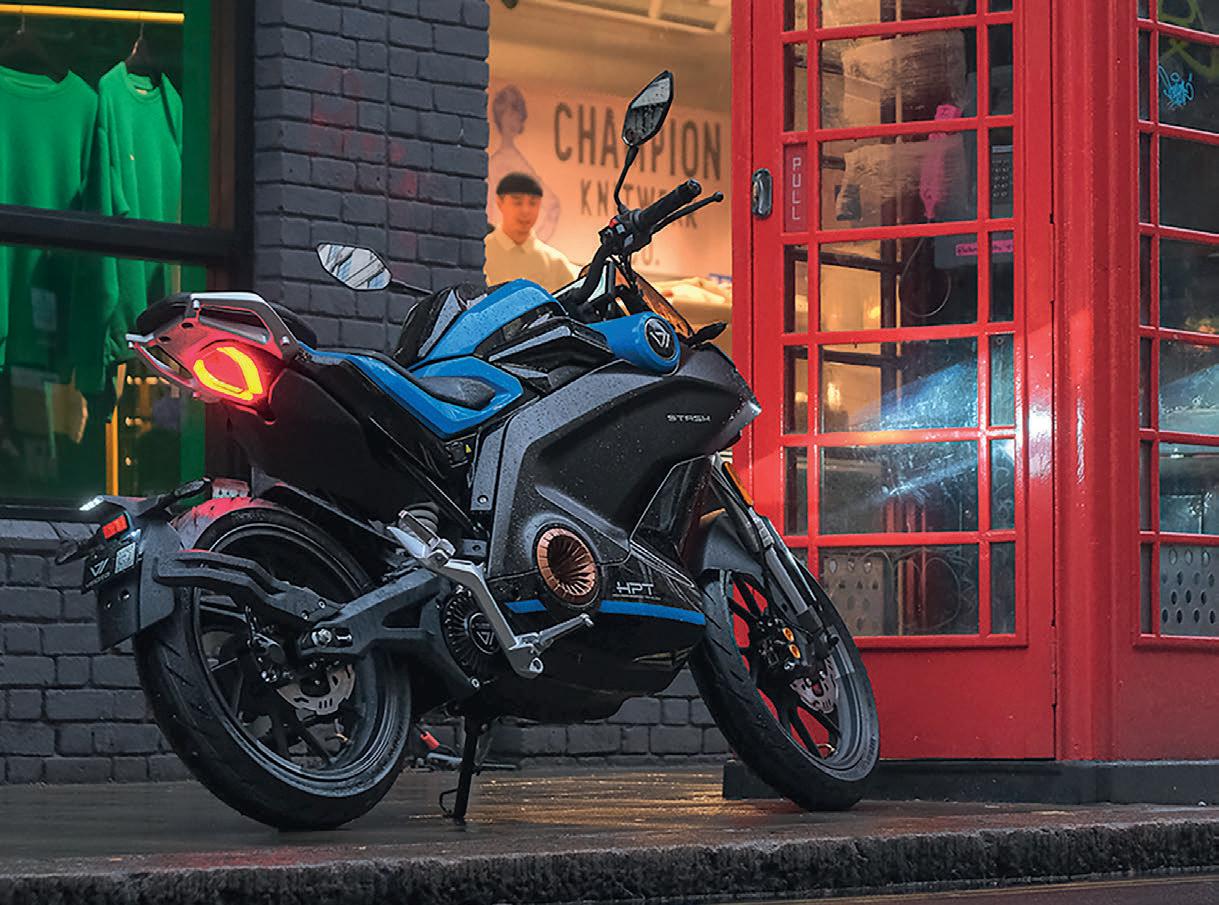
Is it time you swapped petrol for battery power?
While electric cars have become part of the mainstream, electric motorbikes haven’t caught on quite so quickly. But while progress has been slow, bikers who have made the change rave about quiet running, easy riding, and surprising performance.
It’s easy to see the appeal. With fuel prices so high, an electric two-wheeler promises rock-bottom running costs. What’s more, you can get your kicks without any guilt over exhaust emissions.
On the other hand, electric bikes are typically more expensive to buy. Here are the pros and cons to consider before you decide to make the switch.
● Better for the environment. An electric bike has no exhaust emissions.
● Low running costs. Recharge at home from a domestic socket, and you could pay as little as 2p per mile.
● Instant performance. Electric motors deliver maximum torque from the first twist of the throttle, so they accelerate hard from a standing start.
● Quiet running. With almost no noise or vibration, riding an electric bike is a chilled experience.
● Easy to ride. Electric bikes have one forward gear, so riding one is simple.
● Expensive to buy. You can expect to pay more than for a similar petrol. For example, the 125cc-equivalent Vmoto Stash costs £6299.
● Noise and vibration are all part of the fun. Many riders will miss the sound and character of petrol power.
● Range anxiety. Many electric bikes have a realworld range of less than 100 miles.
● Charging time. Topping up a fuel tank takes a few minutes. Topping up batteries takes a few hours.
● Choice. There aren’t as many electric bikes as there are petrol ones, so your choice at a given price point won’t be as broad.
Our pick of the best models for every kind of A licence
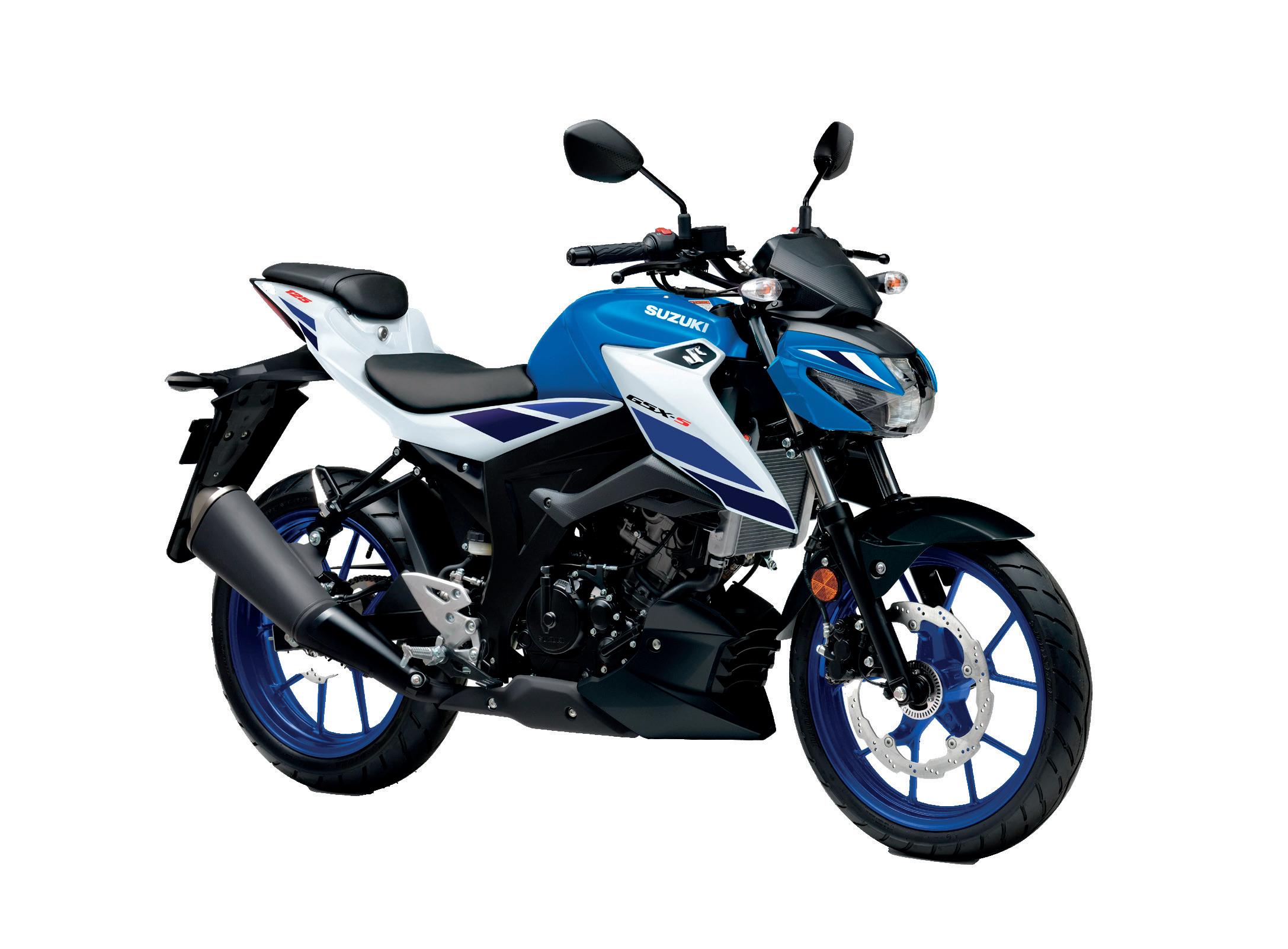
Motorcycles up to 11kW (and a powerto-weight ratio not more than 0.1 kW per kg) and 125cc.
TOP OF THE CLASS
Suzuki GSX-S125
From £4999
Great looks, comfort, and nimble handling make the GSX a great first bike. The punchy engine means the Suzuki isn’t out of its depth on A-roads.
ALSO CONSIDER...
Kymco Agility City+ 125
From £2559
The Kymco is affordable to buy and run, but still offers plenty of performance for commuting. A combined braking system makes for simple, confident stopping.
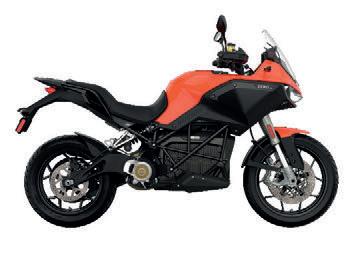
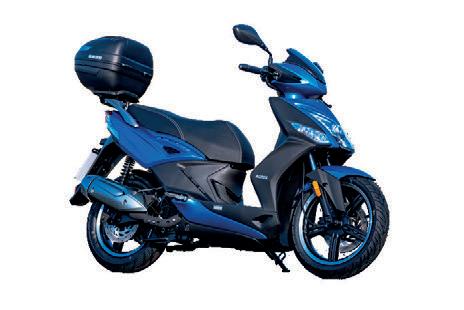
Zero DS
From £16,200
The electric DS is pricey but delivers a big-bike riding experience for A1-licence holders. It’s much quicker than any petrol 125cc bike, with a real-world range of around 100 miles.
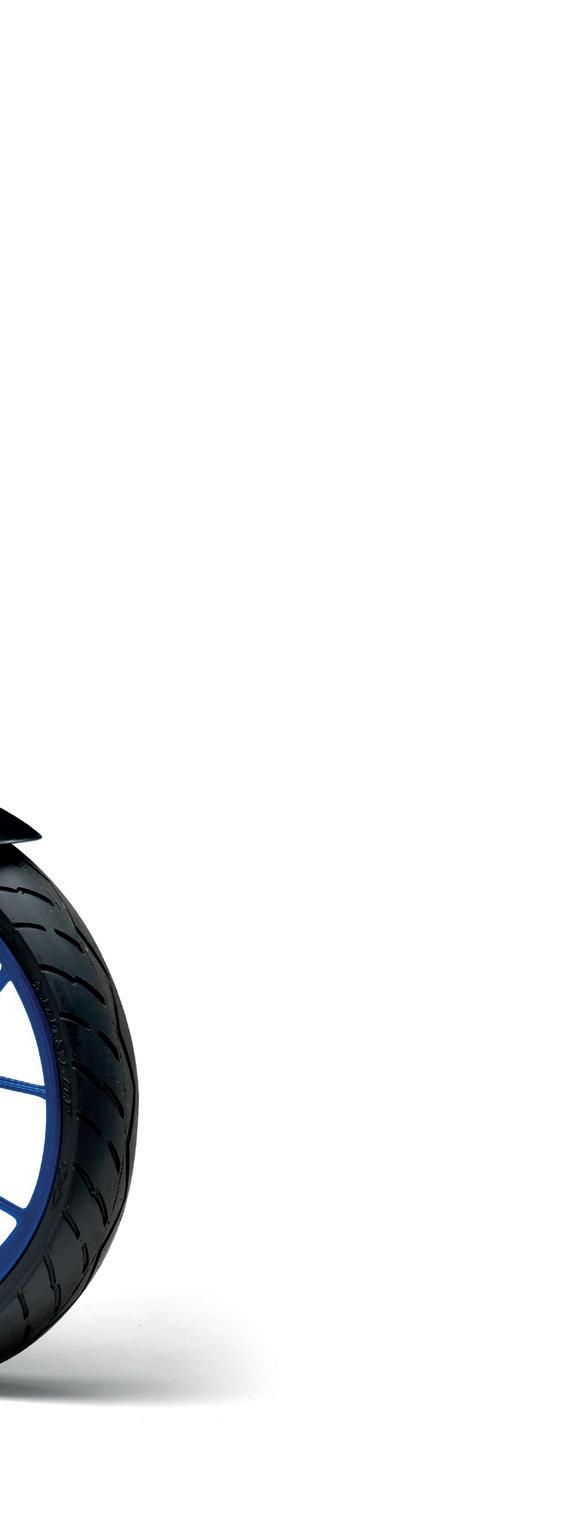

Motorcycles up to 35kW (and a powerto-weight ratio not more than 0.2 kW per kg). The bike must not be derived from a vehicle more than twice as powerful.
Triumph Tiger Sport 660
From £8995
The Tiger Sport 660’s engine can be restricted to an A2-friendly output, then derestricted when you pass your big-bike test. Either way, the 660 is one of the best all-round bikes you can buy.
Honda NX500
From £6829
Light and easy to ride, the NX500 is a great stepping stone to a big adventure bike. But it’s so good you’ll be in no rush to upgrade.
AUnrestricted motorcycles in size/power, with or without a sidecar, and motor tricycles with a power output over 15kW.
CONSIDER... ALSO CONSIDER...
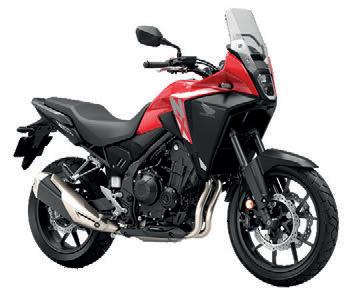
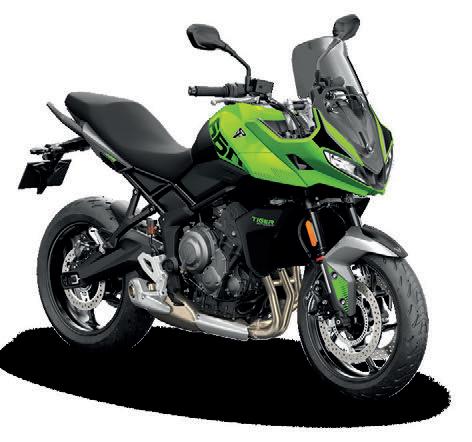
Yamaha R3
From £6650
You won’t find a more exciting A2 machine than the Yamaha R3. It looks like it belongs on the track, but it makes a surprisingly practical everyday bike.
Suzuki V-Strom 800RE
From £8899
Whether you plan to commute, tour, or just head out for an hour or two at the weekend, the V-Strom 800RE has you covered.
Ducati Panigale V4
From £46,112.50
Few names in motorcycling quicken the pulse like Ducati. The Panigale V4 is a stunning sports bike, with staggering performance on the road and track.
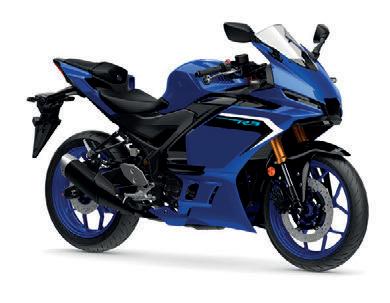
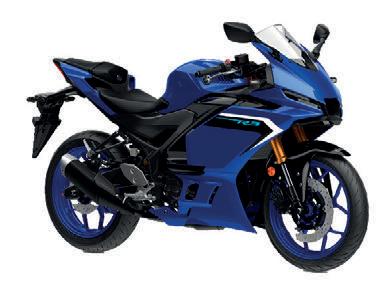
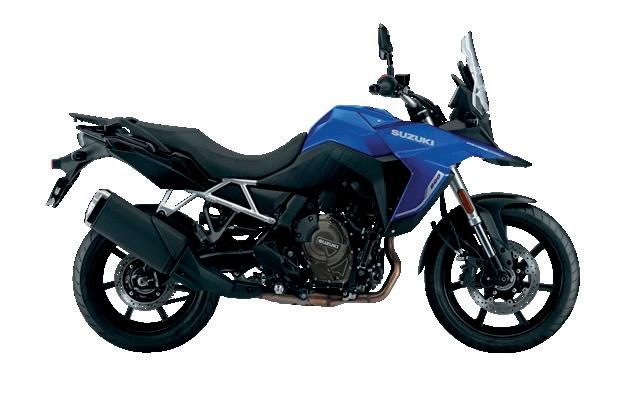
Triumph Bonneville Bobber
From £13,545
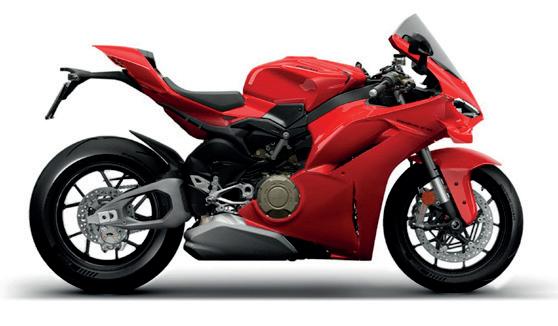
This stunning retro bike combines oldschool looks with modern technology. If your old man owned a British bike back in the day, you’ll find the Triumph very tough to resist.
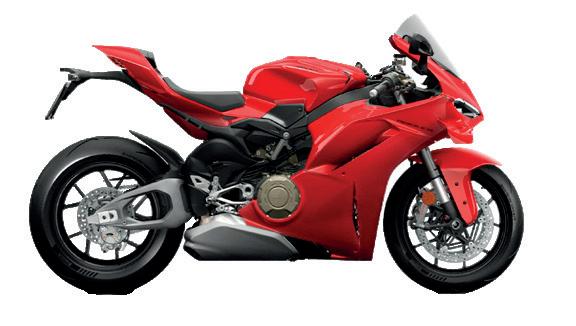
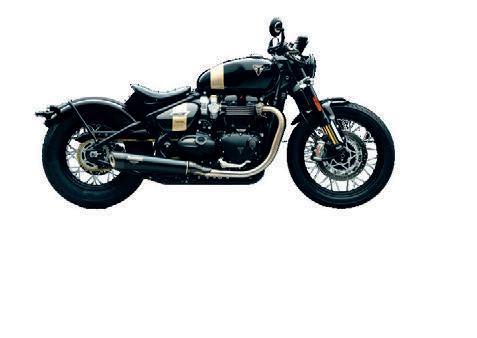
“THINK ABOUT ADDING LAYERS OF SECURITY TO YOUR BIKE. A GOOD LOCK IS JUST THE START. CONSIDER WHERE YOU PARK, FIT A TRACKING DEVICE AND ADD SECURITY MARKING AS WELL. EVERY EXTRA LAYER OF SECURITY HELPS BEAT THE THIEVES.“
Helmets are much cheaper than a bike but they’re also a lot easier to nick. Take your helmet with you when you park your bike or buy a lockable helmet bag. The best bags will protect your lid from bad weather as well as theft, and only cost £30 or so.
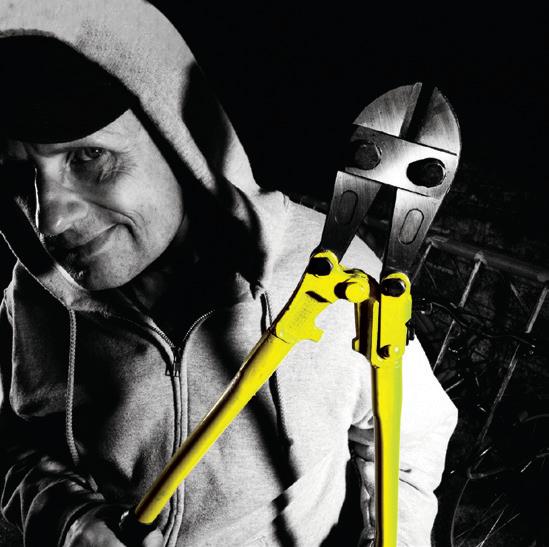
Gold standards will be among the best you can buy.
3:
Use an alarm and immobiliser (your insurer may insist on this). Look for devices with Thatcham approval. Just don’t think an immobiliser will stop a determined criminal. Many stolen bikes are pushed away then loaded into a van.
4:
Whenever possible, use a dedicated motorcycle parking bay with fixed locking points. Look on parkmark.co.uk to find a car park near your destination which is highly rated by the police for its security.
5: USE A
WHEN YOU’RE
A good quality chain or D-lock will slow down a thief or persuade them to pinch another bike that’s less well protected. A disc-lock is a good lightweight option.
There are dedicated tracking devices from the likes of Tracker (tracker.co.uk). These use satellite, mobile phone, or VHF signals to keep tabs on your machine. Some high-end tracking devices use a combination of all three. A hidden Apple AirTag or Galaxy SmartTag are budget alternatives, but won’t offer all the features of a dedicated motorbike tracking device.
Security marks and tags from companies like Datatag (datatag.co.uk) aren’t just about recovering your bike if it’s stolen. Security marking systems that use a variety of different measures also act as a deterrent. If a thief sees that a bike is marked, the chances are they’ll move on to another. Even if they do steal the bike, there’s a much better chance of having your pride and joy back if it’s been security marked. Yes, a criminal will try to find and remove all the tags, but they’ll struggle if the package includes etching that’s only visible under UV light, tiny data dots, and hidden transponders. Datatag will register your bike or moped with a database that can be accessed by the police, making it easy for the authorities to find you once the bike has been recovered.
Thatcham is the insurance industry’s research body, so they know a thing or two about bike security. It’s easy to be confused by Thatcham security ratings. Category 1 must be better than Category 2, right?
Wrong. The various categories are for different types of security product, so one isn’t better than the other – just different.
CAT 1 : Alarm and immobiliser
CAT 2 : Immobiliser only
CAT 2.1: A retrofit alarm upgrade meeting the requirements of Cat 1
CAT 3: No longer available
CAT 4: Locking wheelnuts
S5: Stolen vehicle recovery products with a ‘Driver ID’ fob
S7: Stolen vehicle recovery products
Similar to the systems used in cars, ride modes allow you to tailor the bike’s reactions to suit you and the conditions. Most set-ups let you choose between modes using a button on the handle bars, so you can pick between Road, Rain, and Sport modes. Some will also offer Track or Off-road settings depending on the type of motorcycle, and they all work to vary engine power, traction control and ABS limits to give you maximum command.
Common on many highpowered motorcycles, traction control prevents the rear wheel from spinning. It’s a real help on wet or slippery roads, and most systems offer different modes for varying riding conditions, such normal, wet and track use.
New technology on motorcycles lets you take more control of your ride
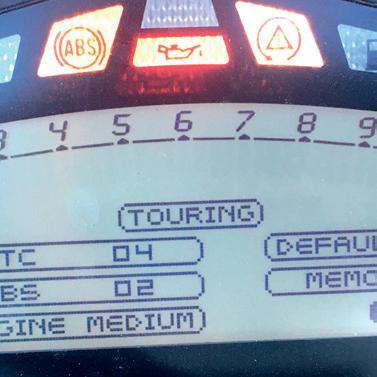
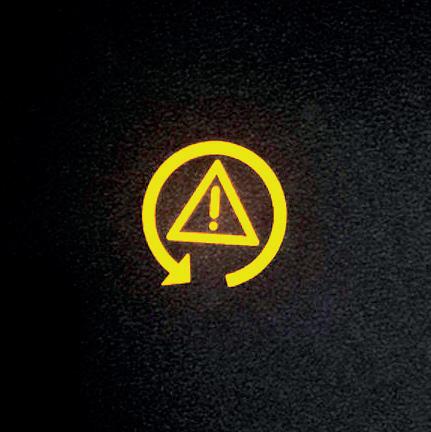
Anti-lock braking systems (ABS) are standard on all new bikes over 125cc and are now so sophisticated you won’t notice them in normal riding. In an emergency, ABS lets you steer even with maximum braking, so it’s worth practising with it on a quiet road so you know how this life-saving tech feels.
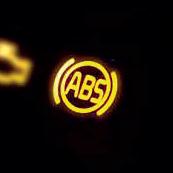
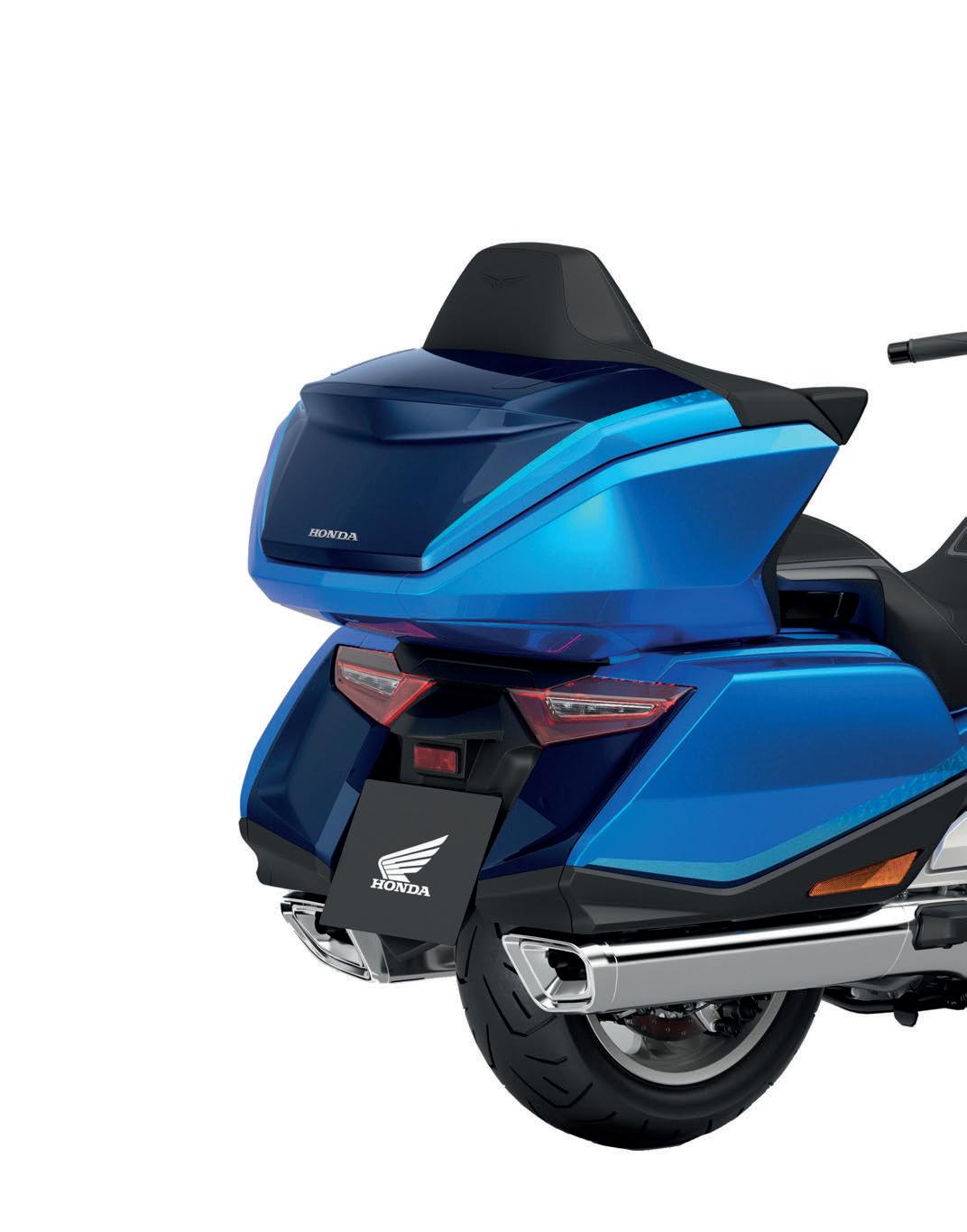
There’s a wide range of cameras available to record your ride for fun or to use in the event of a collision. Helmet-mounted cameras give a rider’s eye view, but they can cause more wind noise and turbulence, and they can damage your helmet in a collision.
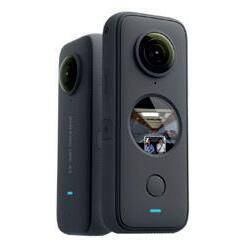
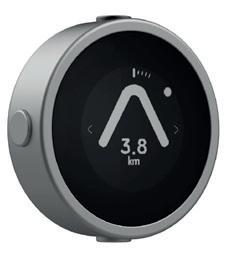
The big debate with sat nav is a dedicated unit versus using your smartphone. A phone is generally easier to set up, especially if you use an integrated charger. The downside of a phone is that sat nav and Bluetooth drain the battery and the phone can get very hot. An integrated system, such as a Garmin or Beeline, uses less power and comes with waterproof screens with clear instructions. Be sure any sat nav has Bluetooth to connect to a wireless headset to give verbal instructions so you can keep your eyes on the road.
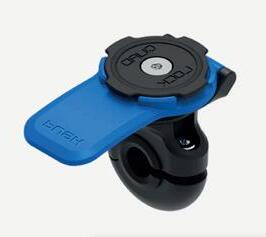
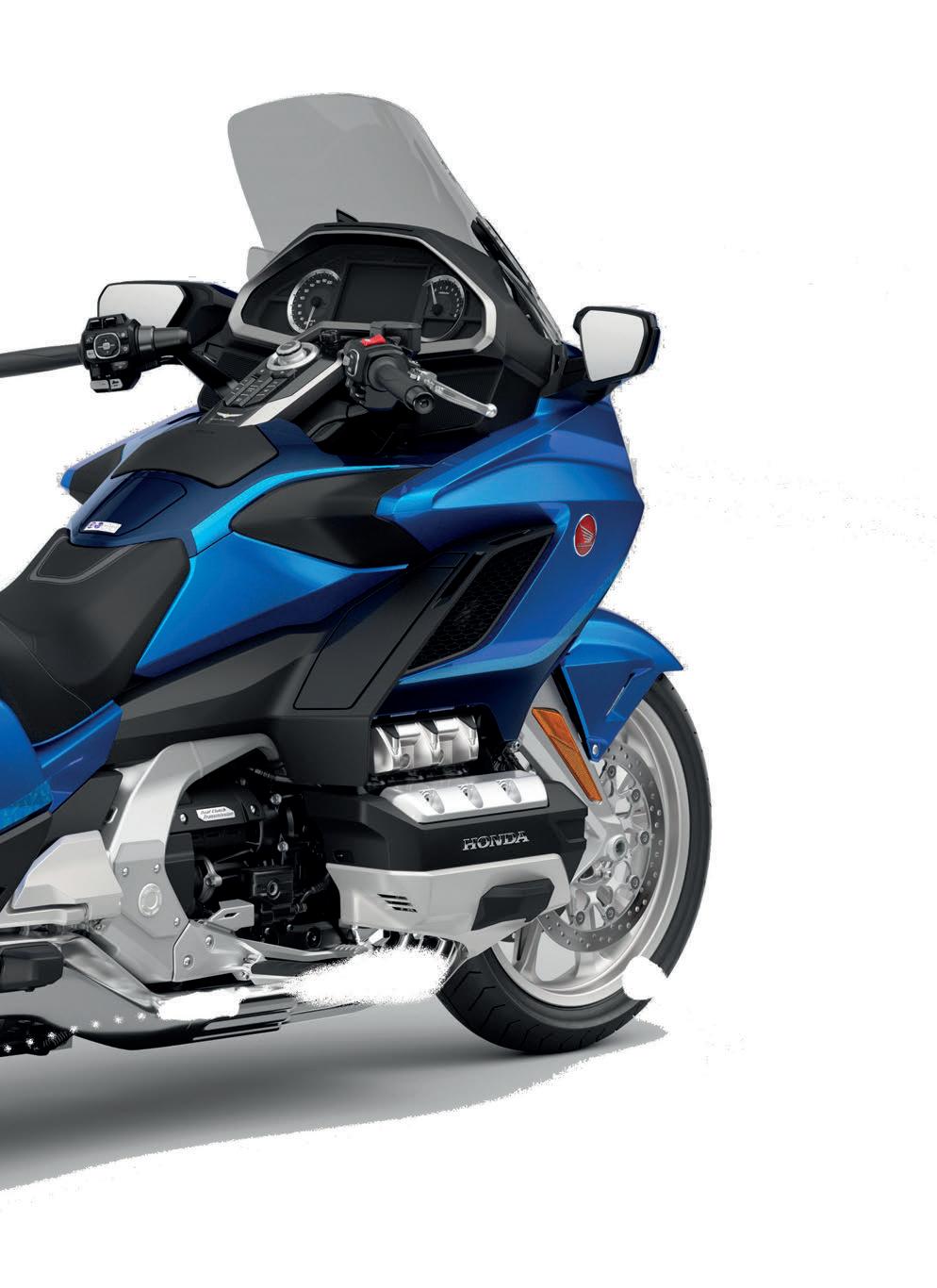
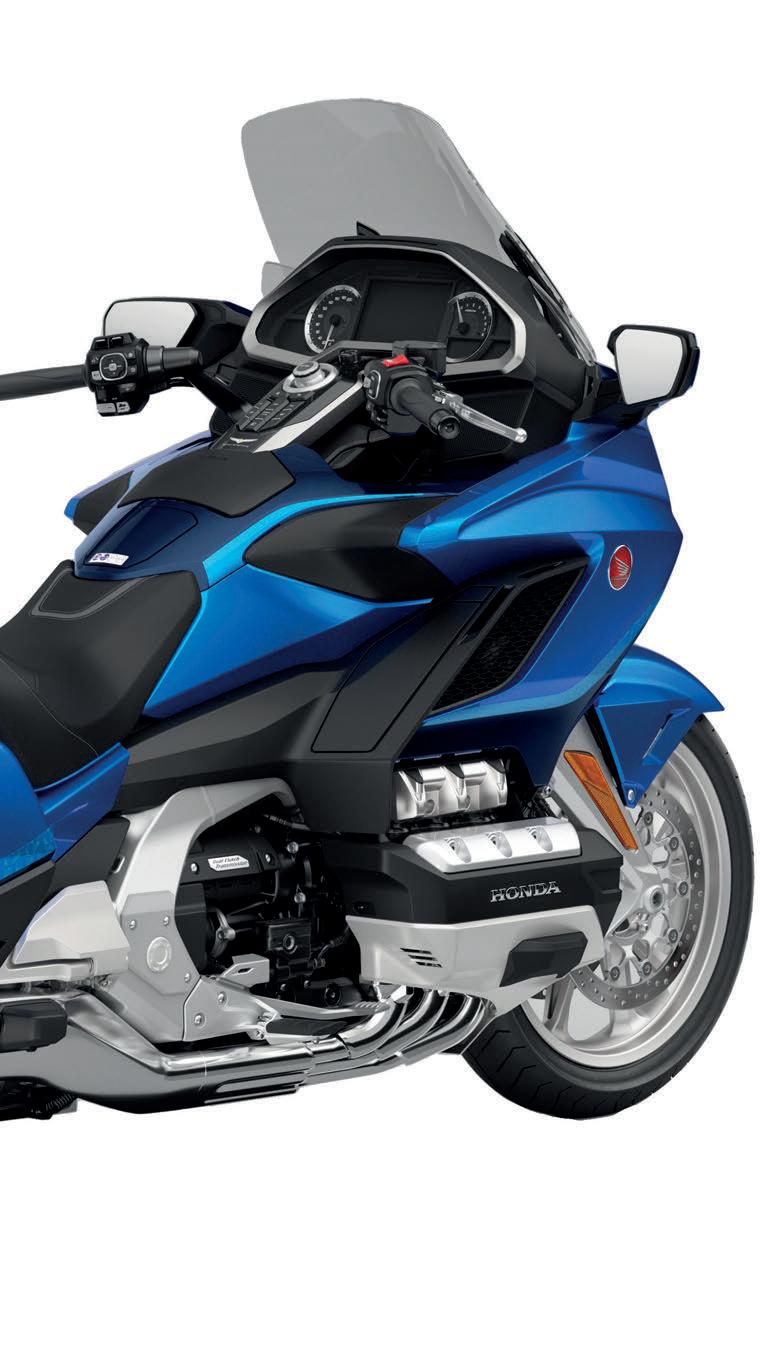
Smartphone mounts such as those made by Quad Lock let you attach your phone securely to the motorcycle’s handlebars. That way you can use your smartphone as a sat nav screen, or it can give you hands-free access to music and phone calls through a Bluetooth wireless headset. However, we’d recommend setting music playing before you set off and finding somewhere safe to stop before taking a phone call.
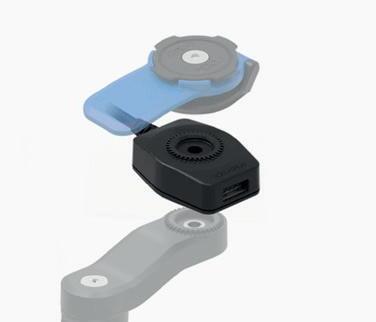
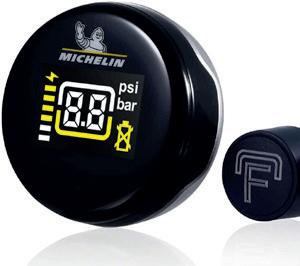
Standard-fit USB ports are becoming more common, especially on touring bikes and many scooters. If your bike doesn’t have one, there are many kits that let you wire a USB port into the bike to charge your phone or sat nav.
Correct tyre pressures are vital and these screw-on caps let you know if the bike’s tyres are under-inflated with a message on your phone via the app or display screen.
Rural roads are some of the most thrilling for bikers, but they also present many of the biggest challenges. Variable road surfaces, tightening bends, inattentive drivers, and changing speed limits all combine to make the countryside very challenging. This also makes it very rewarding to ride well on rural roads, which is where advanced, or

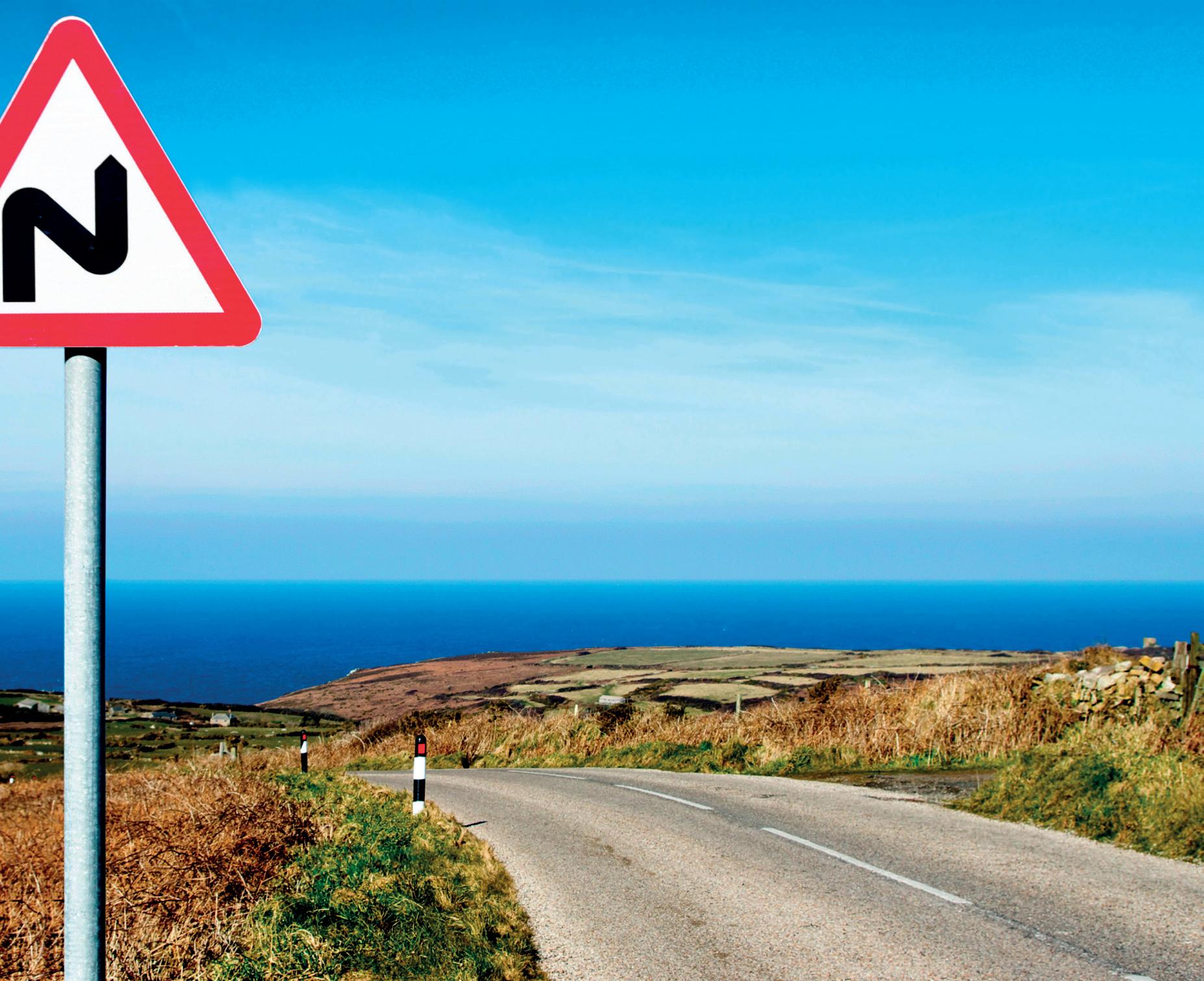
predictive, riding is key. Take nothing for granted and constantly assess the road and conditions.
Use road position to make yourself as visible as possible to all other road users, and be prepared to slow as you approach junctions, hidden driveways, and villages. Single-vehicle collisions are most common on rural roads, so adjust your speed and braking to suit.

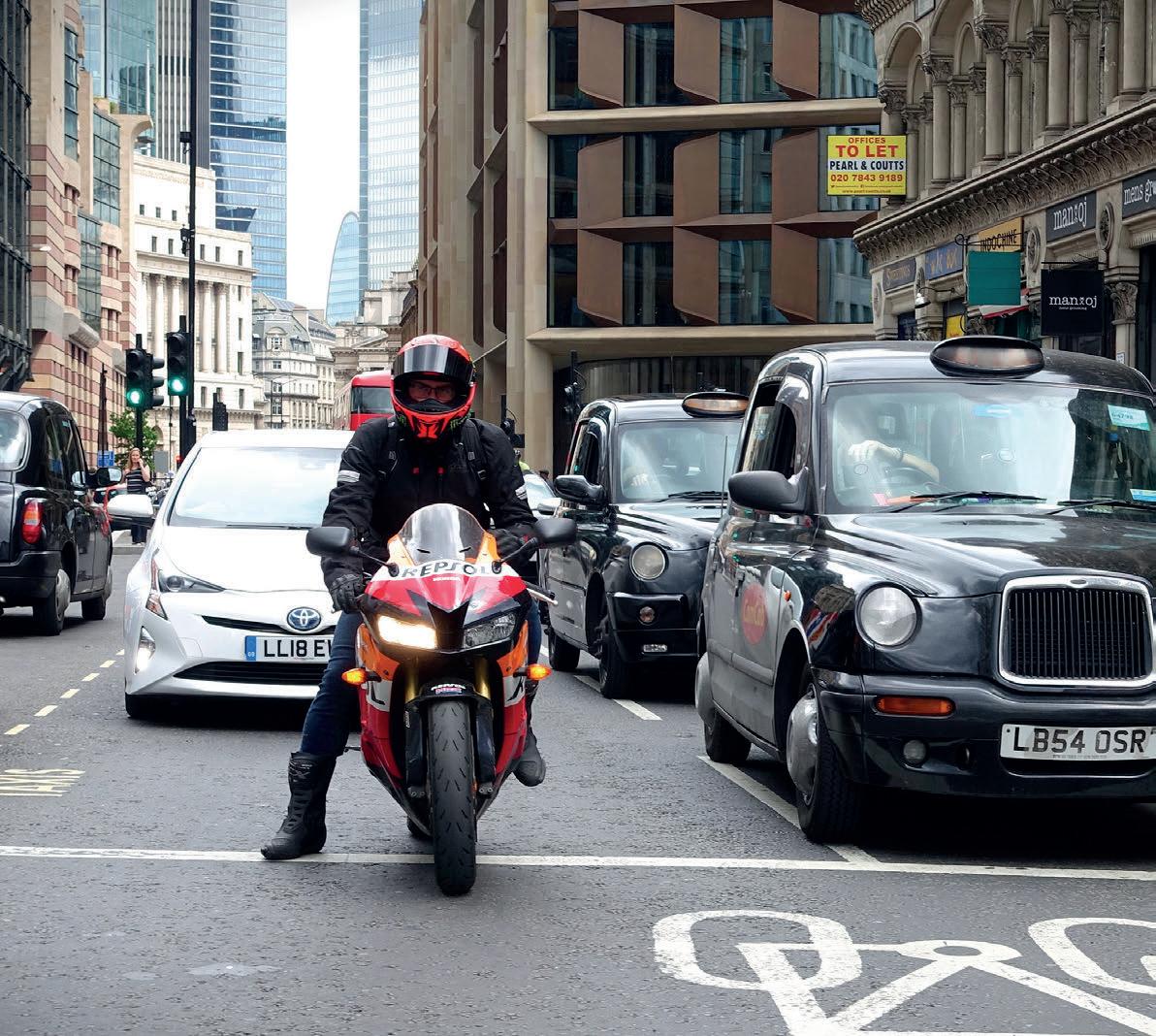
Keeping a cool head is vital to safe riding and smooth progress in the city. A motorcycle is the perfect way to get through congested streets, so long as you plan and adapt all the time.
Filtering (overtaking queuing traffic) is one of the great perks of riding a motorcycle, but only ever pass when you know there’s a safe gap to overtake and another to pull into. Never filter where the space between traffic lanes
is tight, and go no more than 5-10mph quicker than the queuing traffic.
The Shiny Side Up campaign points out one of the major causes of biker crashes is a vehicle emerging through traffic to turn right or go straight over. Even at lower city speeds, this can cause serious injury to a motorcyclist.
Ride like the tortoise rather than the hare. Smooth, progressive riding will get you there just as quickly as aiming for every gap.
Before and after every ride, make sure your bike is ready to go
Make sure there’s plenty of tread and no damage to the tyres or wheels. Check tyre pressures and inspect for anything that might cause a puncture.
Keep it clean and lubed, and routinely check the adjustment so the chain isn’t too tight or slack.
Look for any leaks or damage to the discs, pads and brake lines.
Check for leaks from oil or coolant, and look for any loose wires, pipes, screws or bolts. Does it start easily or will it need a new battery?
Use the sight gauge to be sure there’s sufficient oil to protect the engine.
Have you got enough for the planned journey? Think about where you can fill up on the route.
Be sure the clutch, throttle and brakes all work smoothly.
A quick bounce is all that’s needed to check for any stickiness or noises. Smooth and silent is perfect.
No warning lights –you’re good to go.
Check the tyres for debris and wear, and look at the engine for leaks. Giving the bike a clean is the ideal chance to check it over.
Everything working? If so – perfect.

“MAKE SURE THE TYRES HAVE PLENTY OF TREAD AND NO DAMAGE. INSPECT FOR ANYTHING THAT MIGHT CAUSE A PUNCT URE“
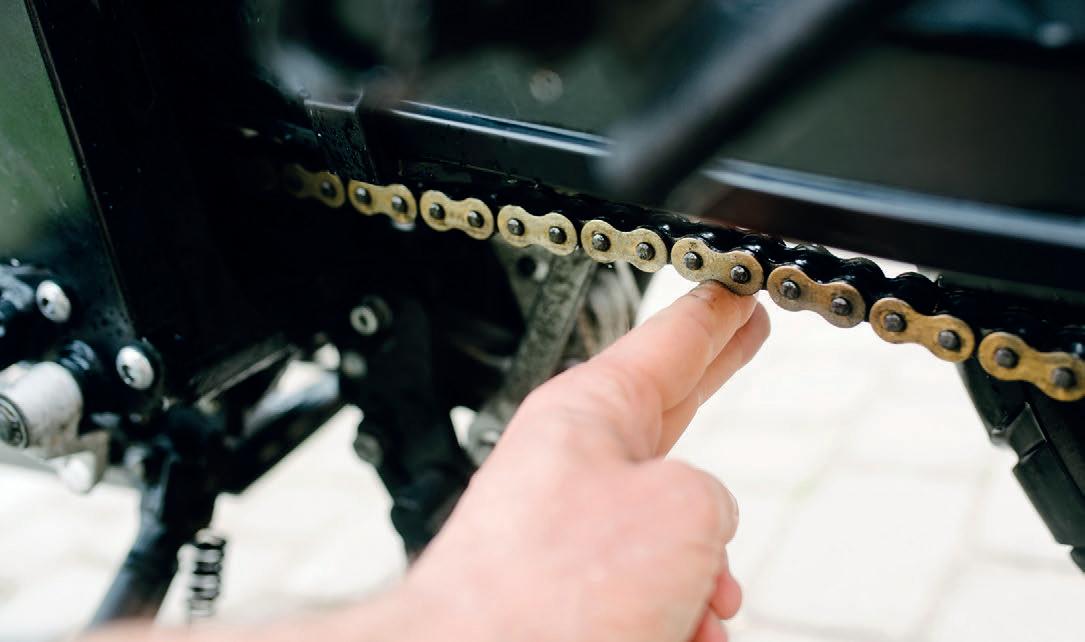




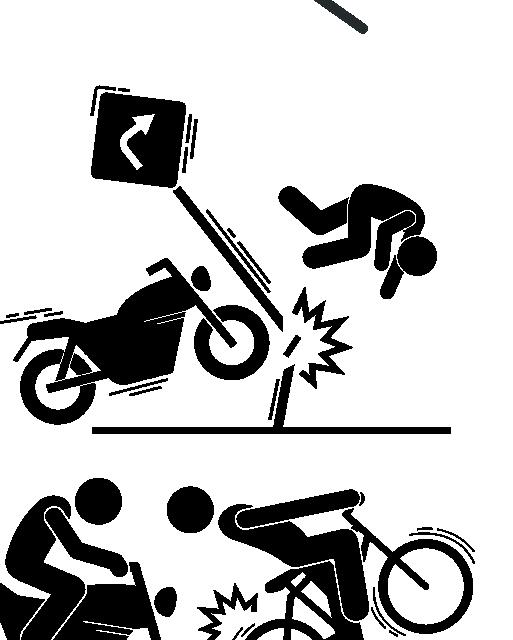

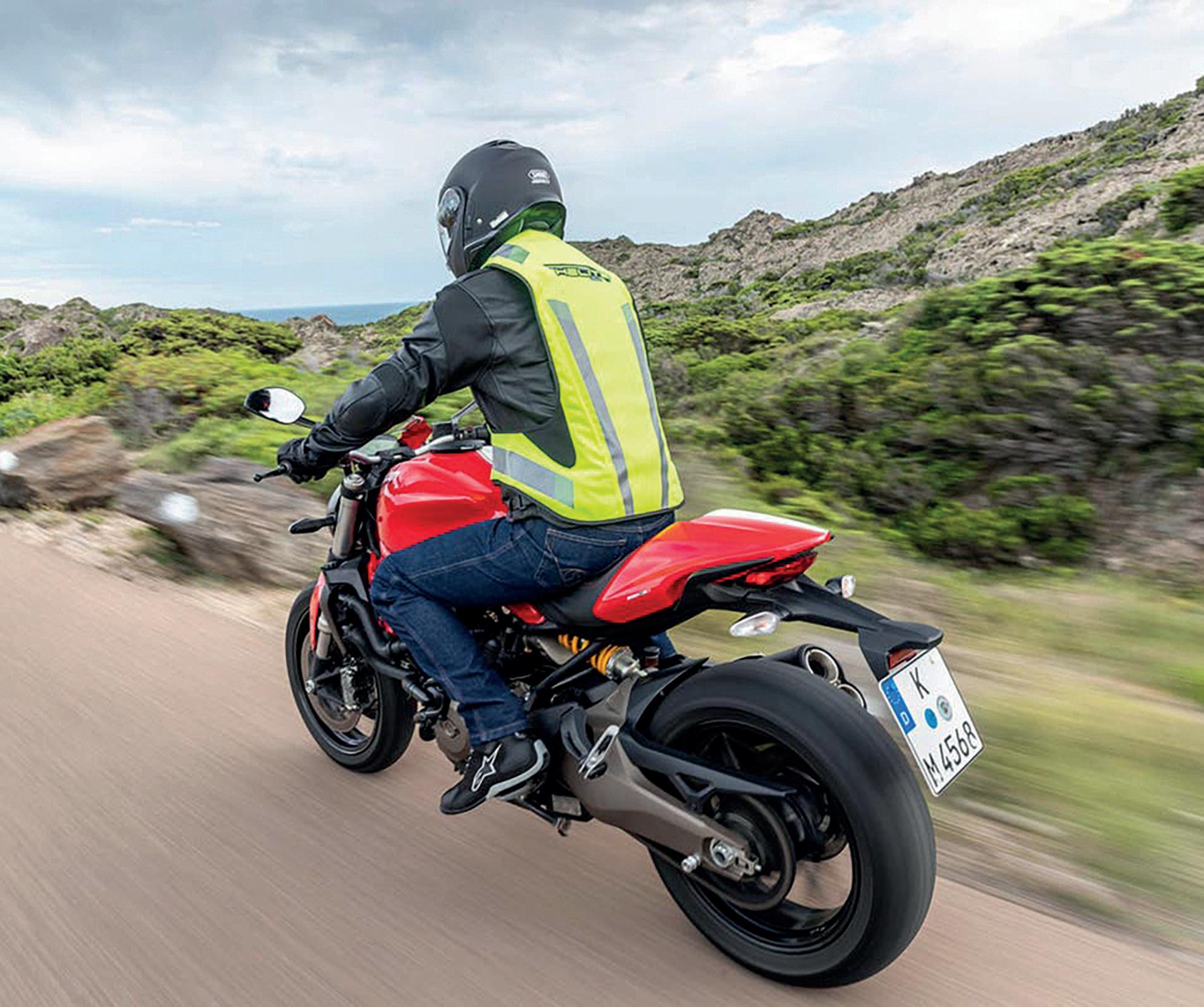
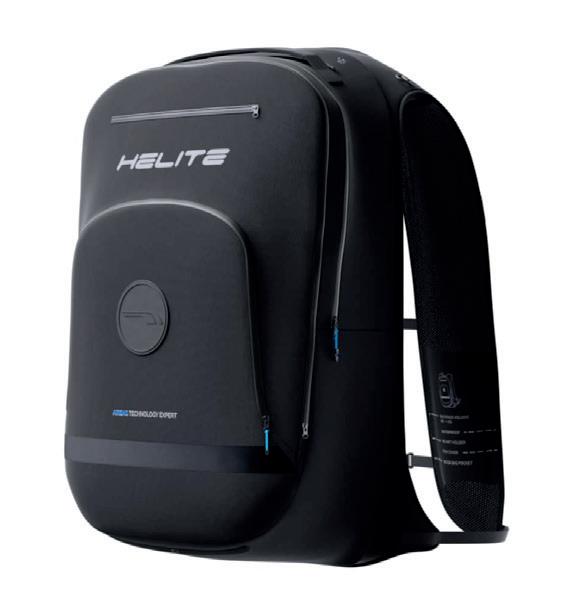
Helite’s range of airbag jackets and vests are saving lives on the UK roads. Now the same safety benefits are available in a backpack!
Back injuries are sadly an all too familiar problem for motorcyclists. That’s why Helite has developed a wide range of products to protect you while you are on the road.
Using Helite’s inflatable motorcycle jackets, vests or backpacks could not be simpler. Just zip-up or clip-in and you are ready to be the safest you can be on your bike. Helite airbags give you added neck, back and full torso protection when
needed but still allow freedom of movement.
The Helite products detect if you are falling off your bike or are involved in an accident and inflate in just 0.094 seconds. Let’s face it, airbags in cars save lives and decrease injury everyday. Now the same can be said for motorcyclists too.
BRAND NEW!
The Helite Airbag Backpack is the latest and most advanced addition to the Helite Airbag family, offering the trusted Helite Turtle 2 technology
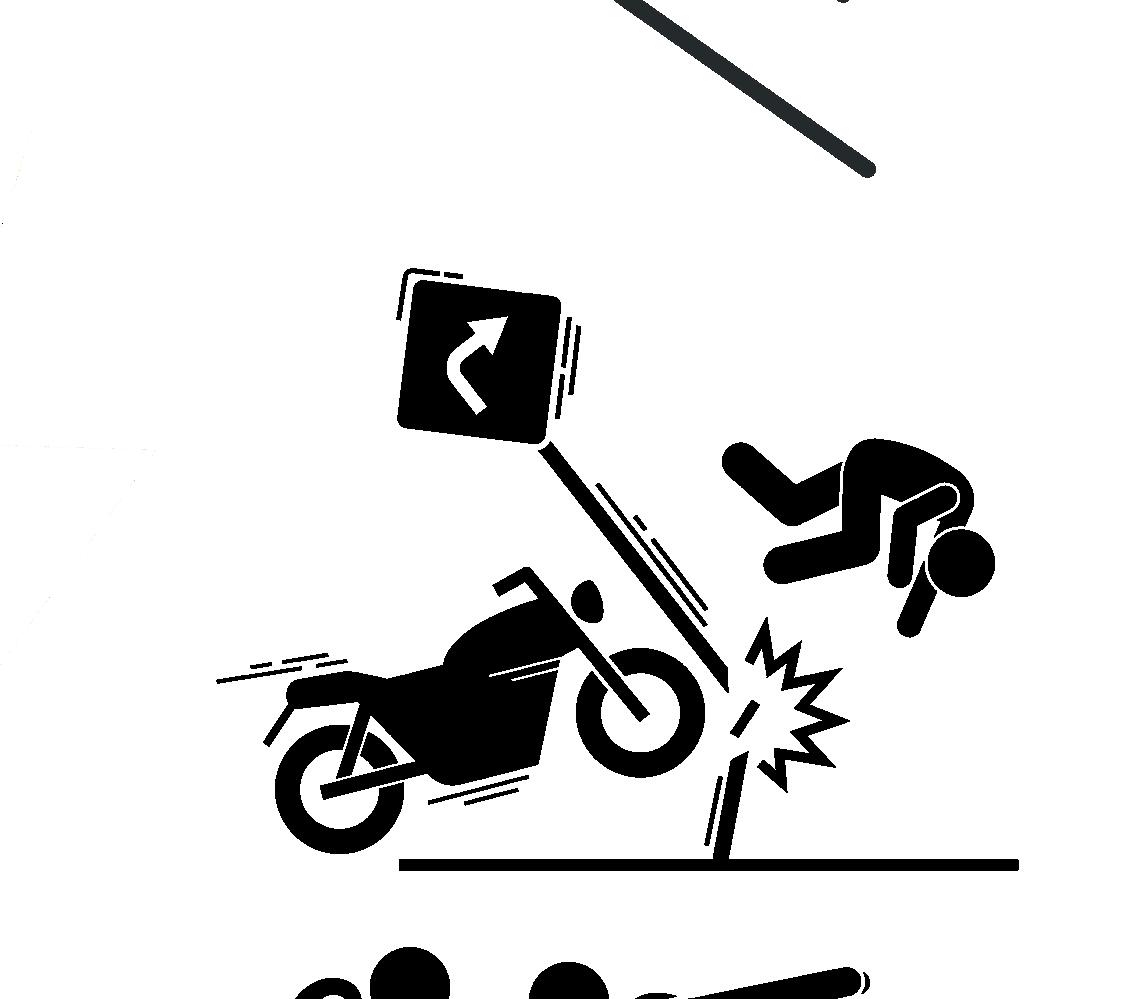
with the added benefit of a backpack. It’s all combined in one convenient package. Your safety is our priority. To view Helite’s full range of safety products, visit the website today. www.heliteuk.co.uk

If it is too close to the scene it could be hit by another vehicle causing further injuries – or worse.
The first of Biker Down’s three modules tells you all about incident scene management. This includes deciding who needs your help first.
It’s probably not the person making the most noise. Check anyone who is quiet and not moving first for breathing and a pulse.
Doing your best beats doing nothing
In Module 2, Biker Down moves on to casualty care. You’ll learn all sorts of techniques, including CPR (cardiopulmonary resuscitation).
The best way to learn CPR is on a course where you can practise hands on. But here
are the basics:
● Kneel next to the person and place the heel of your hand on the breastbone at the centre of their chest. Place the palm of your other hand on top of the hand on the chest. Interlock your fingers.
● Position your shoulders directly above your hands.
● Use your bodyweight (not just your arms) to press down straight by 5-6cm.
● Keeping your hands on their chest, allow the chest to return to its original position.
● Repeat these compressions 100 to 120 times a minute.
If you haven’t been on a first aid course recently, you may not be confident in the technique. But it’s better to try to save a life than to always wonder if you could have made a difference.
MYTH “ I SHOULD NEVER TAKE OFF ANOTHER BIKER’S HELMET AFTER A CRASH. ”
WRONG. If a biker’s airway is obstructed or they’re not breathing, you will need to remove their helmet to clear the airway or perform CPR with rescue breaths. Biker Down teaches how to do it.
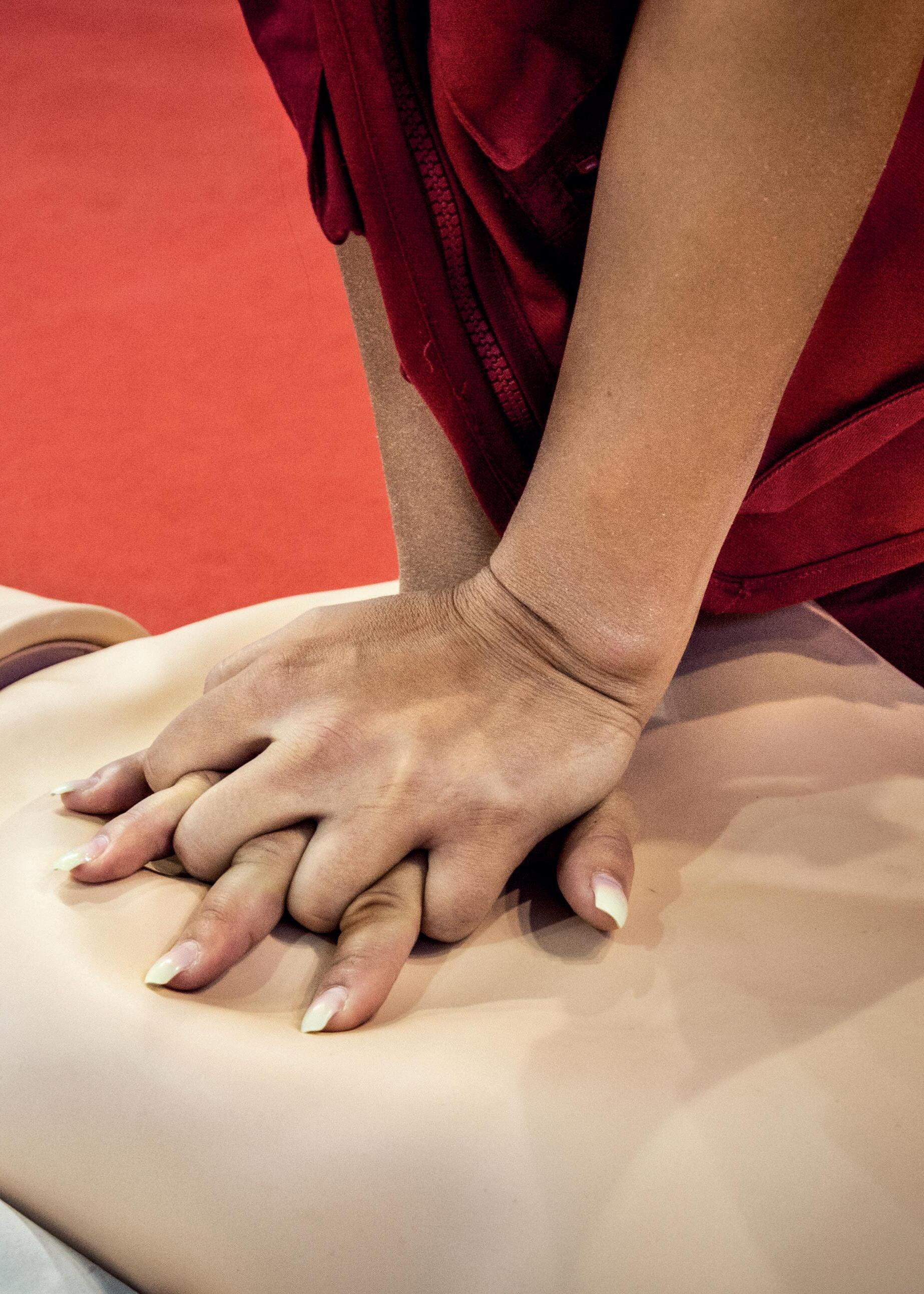
There are first aid kits designed specifically for motorcycle use, such as those from Held and Qbag. They can be stowed under the seat, so

they’re always there when you need them. They come with all the basics to deal with cuts and burns. Look for a kit that meets the DIN 13167-2014 standard,
which is specific to motorcycles. A good quality, compact first aid kit for your bike costs from less than £10, so there’s no excuse for not carrying one.



66% OF MOTORCYCLE FATALITIES OCCUR ON RURAL ROADS. JUST 3% OCCUR ON MOTORWAYS. SO WHILE A MOTORWAY JOURNEY IS LESS FUN, IT’S SAFER THAN TRAVELLING ON A TWISTY COUNTRY ROAD WITH MANY POTENTIAL HAZARDS.
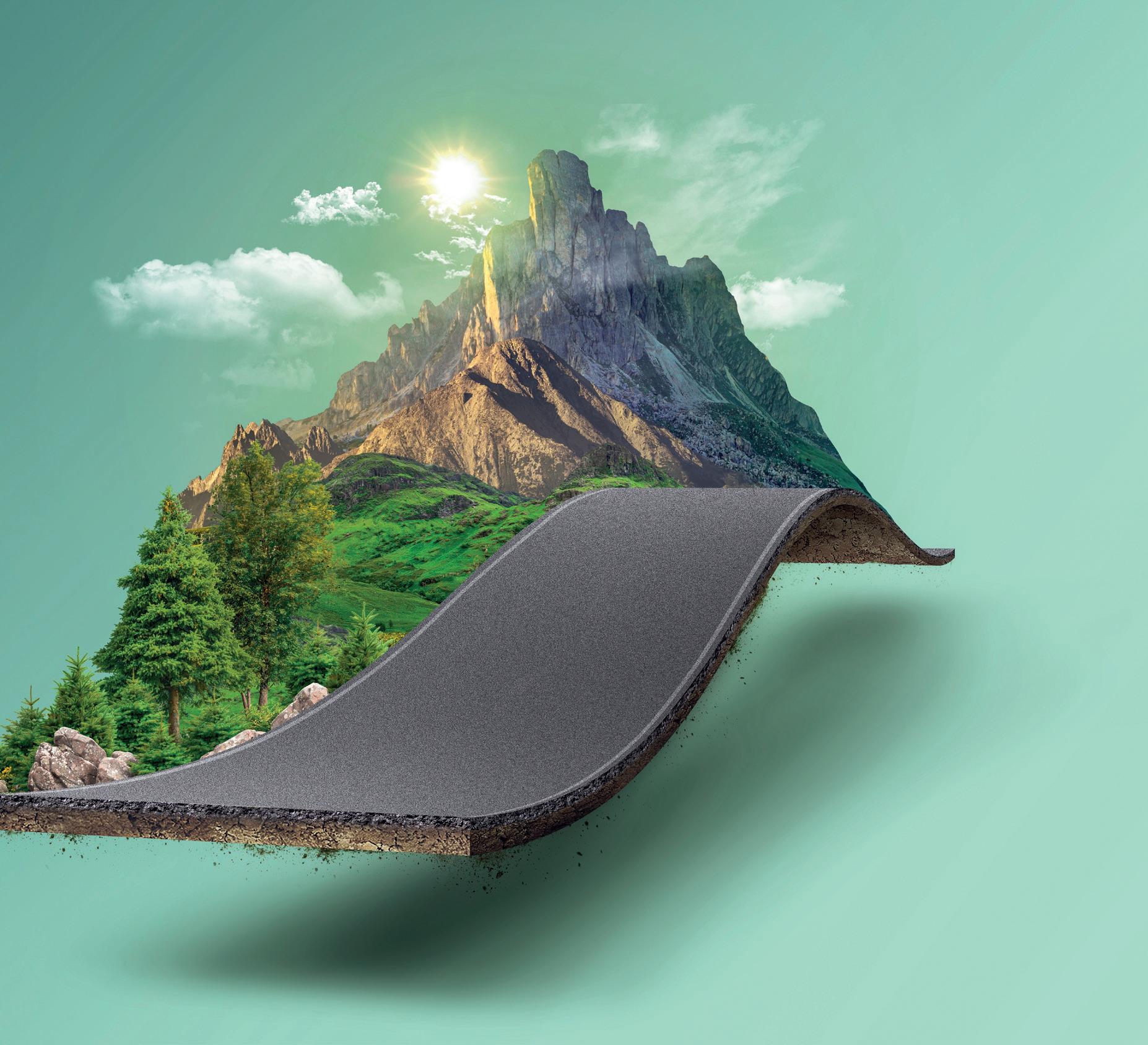
RISER
Use this app to find the best routes all over the world, tailored to the type of riding you prefer. There’s a social side to the app, as you can share routes and create group rides with other RISER

users. The basic version is free, the PRO version requires a subscription. Price Free/£7.99 monthly for RISER PRO

This highly


rated Apple app lets you plan routes, with a variety of modes including ‘curvy’ if you want a route that’s fun to ride. There’s also a big database of routes. The Android version of the app is out soon. Price Free (in-app purchases)
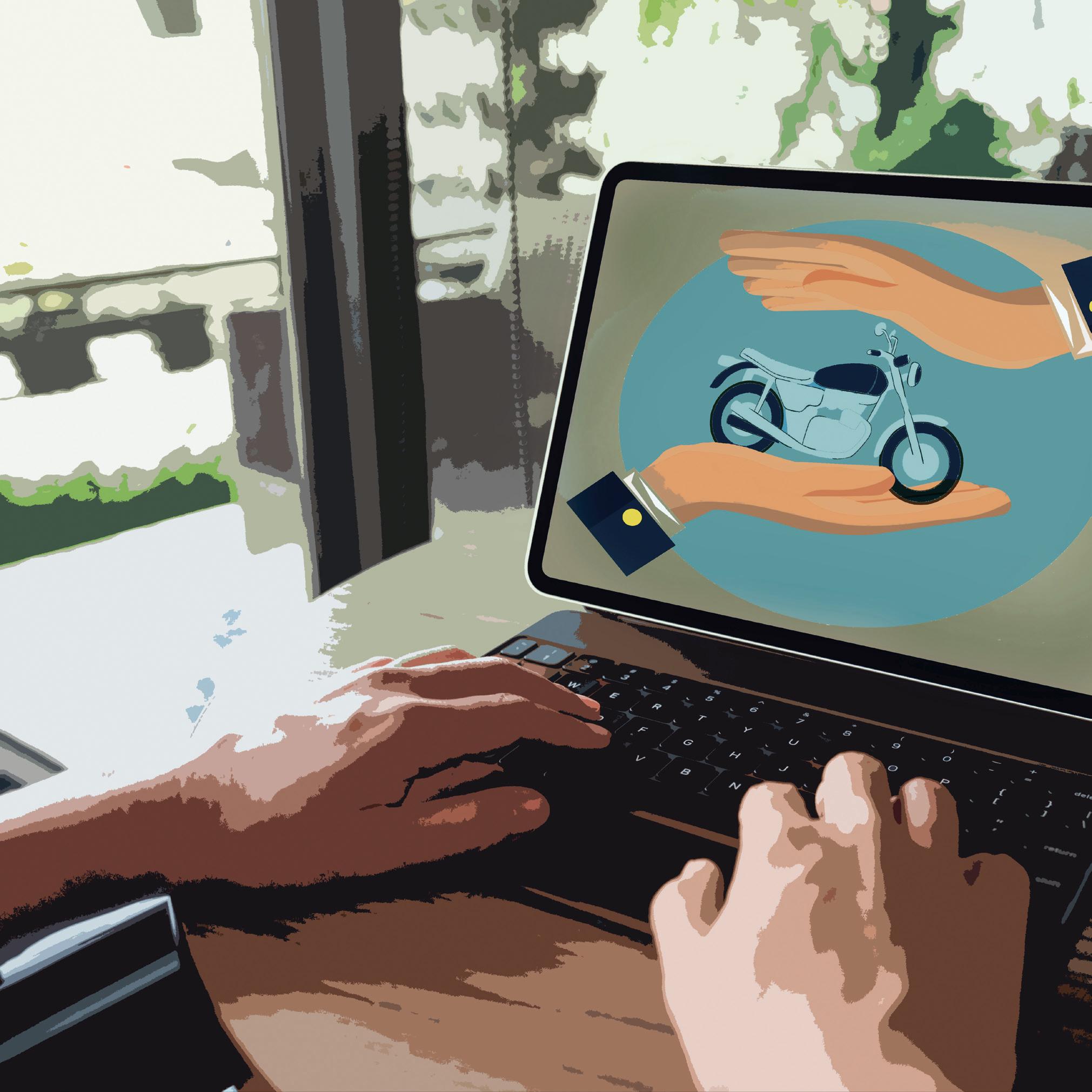
Nobody likes paying for insurance. It’s something everybody must have, but we all hope to never really need.
The good news is that motorbike insurance is usually cheaper than car insurance. According to Compare the Market’s data, covering a car costs an average of £729, but a yearly premium for a motorbike is £652.
There are all sorts of ways you can drop the price of cover without compromising on quality, but you need to make sure you find a policy that suits your needs.
Broadly speaking, you have the same choices as when insuring a car. There’s third-party cover, thirdparty, fire and theft, and fully comprehensive. We’d
“THERE ARE ALL SORTS OF WAYS TO DROP THE PRICE OF COVER WITHOUT CUTTING QUALITY“
Nobody wants to crash, but make sure you’ve got this page handy just in case, along with a pen and sheet of paper. If it all goes pear-shaped, just follow the instructions.
■ Stop and warn other road users of the incident. If anybody has failed to stop, take their registration number or a description (make, model, colour). Even just a partial registration number may be of use.
■ Switch on your hazard lights and, if possible, move the vehicles to a safe place. Assess any injuries and offer first aid if you can. If anyone has been injured, contact the police or ambulance service straight away.
Date: Time:
Weather conditions (low sun, foggy, raining, sunny):
Road conditions (wet, dry, muddy):
Road where collision occurred:
Brief description of what happened, using a diagram if it helps:
Registration:
Driver’s name:
Number of occupants:
Vehicle’s insurer:
Make & model:
Description of driver:
Driver’s contact number:
Insurer’s contact number:
■ Call the police if there’s debris on the road or an obstruction to traffic; don’t put yourself in danger making the crash scene safe. Call the police if any other driver is aggressive or uncooperative.
Colour:
Policy no:
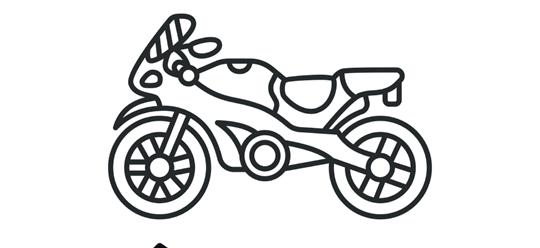
Note: If more than one other vehicle is involved, make sure you collect their details too. Fill this section in right away, so in the event of a collision, you can simply tear it out and hand it over.
Name: Contact number:
Make: Model:
Insurer:
Insurer’s contact number:
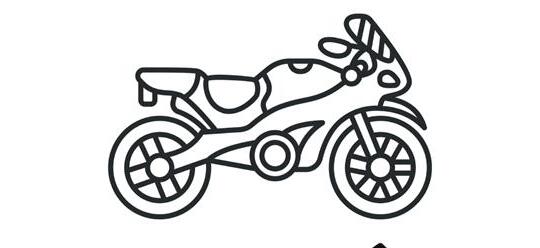
Take photos of the scene, the vehicles involved and any other damage – photograph from every angle you can.
Bike registration:
Colour:
Policy no:
I confirm that all details on this sheet are to the best of my knowledge, correct and accurate:
You: Other rider/driver:
Signed: Signed:
Date:
Date:
■ Don’t admit liability – even if you think it was your fault. If you do, it’ll only cause problems later on.
■ Don’t put yourself in danger to make the area safe – call the police and stay out of the way of any moving traffic.
■ Don’t leave any valuables behind if you have to leave the scene – damaged bikes and cars are often looted.
■ If you have a bike camera, offer the footage to your insurer and the police if they are involved.
■ Contact the police – even if you think the collision is only minor, they will have it on their records if any dispute arises.
■ Contact your insurance company as soon as possible after the collision – and certainly within 24 hours.
Here’s the kit you can’t do without to be comfortable, safe and secure
The one thing you cannot skimp on is your motorcycle helmet. It will keep you comfortable and, if the worst happens, save your life. Only buy one with the ECE 22.06 marking to show it meets the required standard. Also, check how well it scores in the Safety Helmet Assessment and Rating Programme (sharp.dft.gov.uk).
Good quality helmets need not be expensive, though pricier ones are generally lighter and have better ventilation. The key is to try on different makes and sizes to find one that fits well. Whether you want an open or full-face helmet, make sure it fits comfortably with no pressure points. Hold the lid firmly and try to move your head inside. If it can slide, the helmet is too big or the wrong shape for you. If you wear glasses,
make sure the helmet doesn’t pinch your ears.
Look for a helmet with a removable liner so it can be washed – nobody wants to wear a sweaty helmet. Keep the outside clean and clear from road grime and flies, and replace the helmet if it’s damaged or dropped.
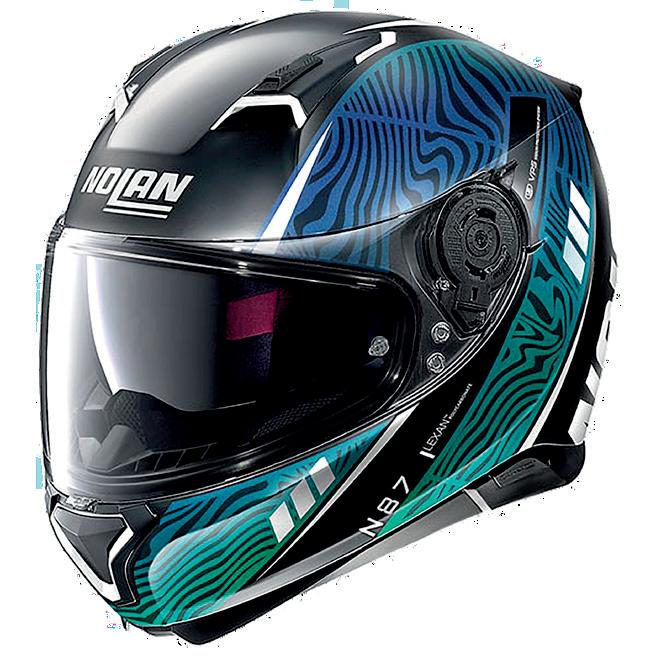
“WHETHER YOU WANT AN OPEN OR FULL-FACE HELMET, MAKE SURE IT FITS COMFORTABLY WITH NO PRESSURE POINTS“
Try before you buy – wear the helmet for several minutes in the shop to make sure it’s comfy and there are no tight spots.
Snug fit – make sure the helmet is not loose or moves when you turn your head. Check the securing strap fits
neatly under your chin. Noise – earplugs help protect your ears from excessive noise while riding. Go to UltimateEar.com for a range of custom-made earplugs and earphones. A full-face helmet – gives better protection. Be sure the
1
2
1 - EYE COVER
Wear a visor or goggles with an ECE, CE or BSI approval mark. In daylight a tint of up to 50% is okay; a clear visor must be used after dark.
2 - WHAT IT’S MADE OF
A helmet is made of several protective layers: a thin hard, outer shell typically made from plastic or a composite material, then an impact-absorbing inner, followed by a soft, inner liner for cushioning, often removable for cleaning.
visor is ECE or BSI approved. Only use a dark-tinted visor in daylight. Tough stuff – helmets soften impacts using multiple layers of composite material, foam and padding. A removable inner liner makes cleaning easier.
Just as with jackets, you have a choice of leather or fabric, and the reasons for choosing either are the same. Make sure the trousers are comfortable in a seating position and they fit around your legs and knees without any tight spots. Pockets are handy but make sure you can work the zips while wearing bike gloves.
Motorcycle trousers and jackets can become very dirty, so treat leather to a good cleaner and conditioner to keep it muck-free and supple. Fabric gear can be machine washed, so just check the label.
Leather or fabric is down to personal taste, but you’ll need leather if you want to go on track days and it will need to zip securely to leather trousers. Most track riders choose a onepiece suit. For road riding, look for a jacket with good ventilation and CE-approved armour for the elbows, shoulders and back.
Fabric jackets offer better weather protection and
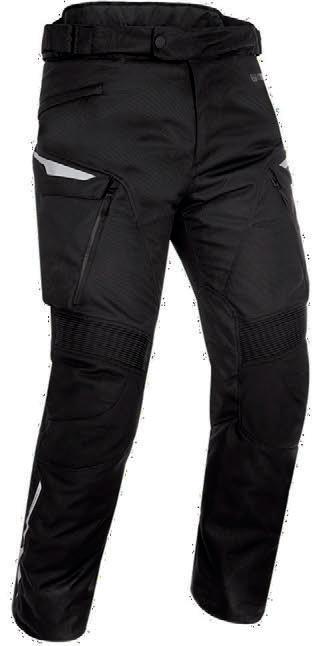
are cooler to wear in hot weather. Removable inner linings offer more insulation and weather protection. Look for a jacket with rain-proof pockets, built-in armour, and extra stitching and padding on areas likely to be affected by a crash.
Fit – before buying a jacket or trousers, try sitting on a motorcycle with the kit so you know it’s comfortable. Armour – only buy clothing with CE-approved armour, and make sure the armour doesn’t move around as you wear the kit.
Stitch up – only buy clothing that is double- or triple-stitched on the seams
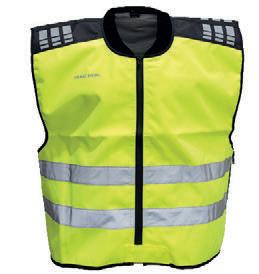
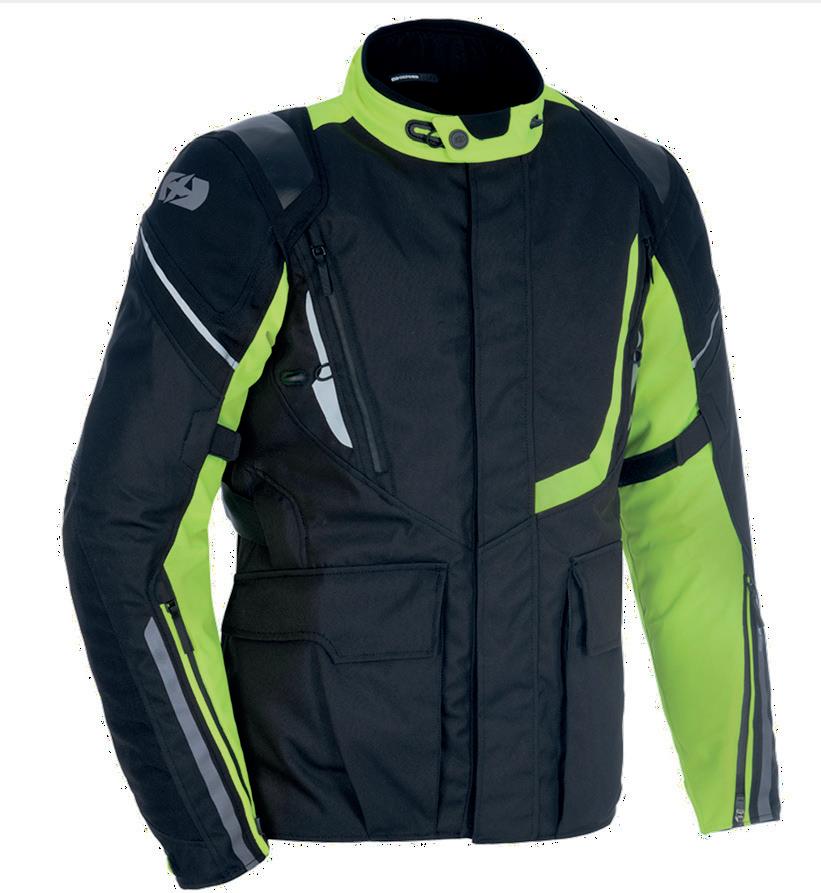
so it resists splitting if you fall off.
Zip it – always zip up your jacket when riding to give maximum protection. Check the zip is not directly touching skin in case it transmits friction heat if you fall off.
Leather – leather clothing should be at least 1.2mm thick, but make sure you are
happy with the comfort and weight.
Textile – look for layers that can be added or removed to make the clothing more waterproof or warmer depending on riding conditions.
Jeans – armoured jeans reinforced with Kevlar are another option, but offer less weather protection.
If your motorcycle jacket doesn’t come with fitted armour, you can buy this separately. It’s a wise addition as it will offer muchimproved protection to your shoulders and elbows in a crash, while a back protector is vital.
Another option is an inflatable vest, such as the
Airvest that inflates in less than 0.01 seconds. As it inflates, it cushions the impact of a crash and also offers essential protection to your head and neck. Airvest also offers jackets with an integrated inflatable vest, and the vests come with a replaceable CO2 canister so they can be reused if undamaged or they can be refurbished.
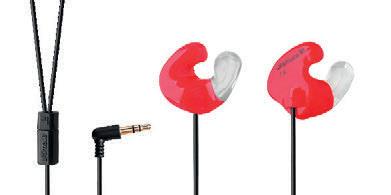
An often overlooked item for motorcyclists is ear plugs.
At 70mph, a motorcyclist can be subjected to 105dB of noise, which is like holding an electric drill to your ear, so it makes sense to use quality ear plugs to protect your ears. From simple foam plugs to custom-made reusable items, they can prevent hearing loss and tinnitus.
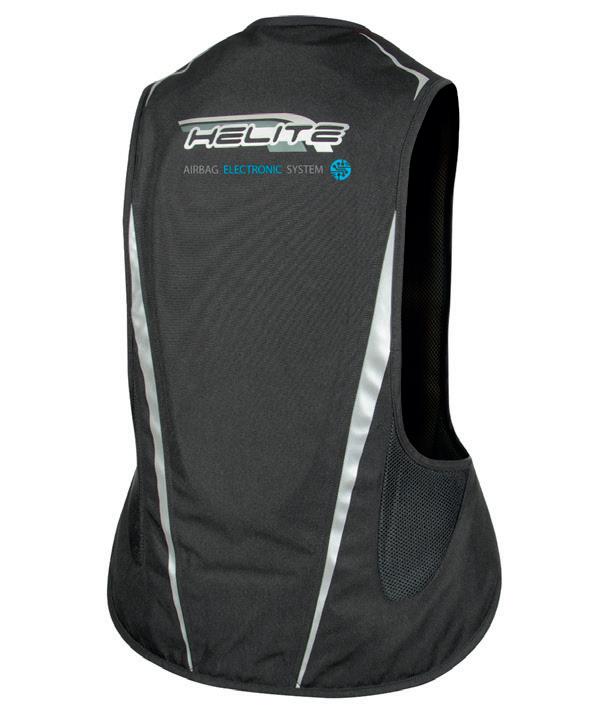
The Motorcyclist SoundEar from Ultimate Hearing Protection Systems costs £189 for a pair. They are custommade from soft medicalgrade silicon for a perfect fit and give 31dB of hearing protection. They also deliver high-quality audio for use with motorcycle intercoms.
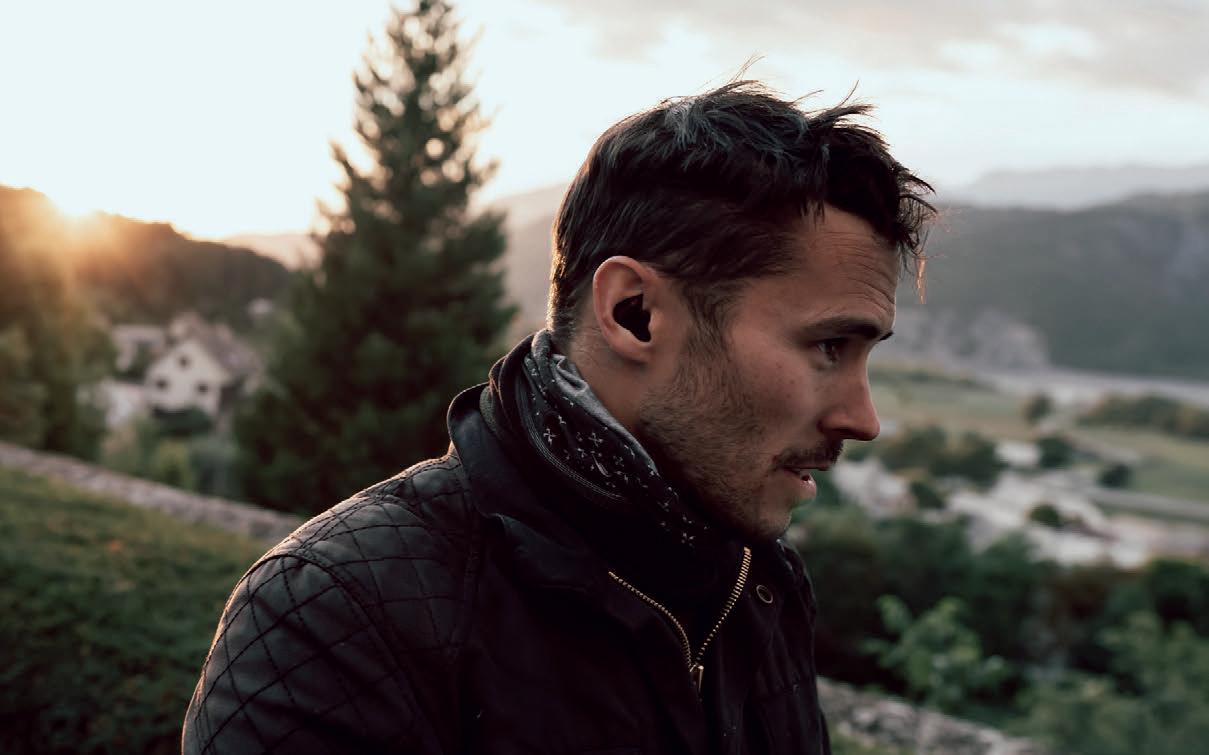

Ultimate Ear Protection is the leading UK manufacturer of custom-made hearing protection for motorcyclists.
Founded in 2001 by a motorcyclist looking for a comfortable set of earplugs for biking, Ultimate now deliver hearing protection solutions to British Superbike Racers, Formula 1 Teams, and the Ministry of Defence to name a few.
Ultimate Ear Protection offer a range of products for motorcycling including our Squidgy product which offers an impressive 30dB (SNR) of noise reduction or our Soundear range which combines hearing protection with high quality audio for connectivity into intercom systems.
PLEASE USE THE COUPON FIRSTBIKE10 FOR 10% OFF ONLINE. (SCAN THE QR CODE ABOVE)
Take care of your bike so you can be confident that it’s working safely and reliably
Check for damage when cleaning your bike, such as loose wires and bolts and cracked light lenses.
It’s important to have enough fuel. Also, if you decide to lay your bike up for a long time, either fill your tank with fuel or drain it completely, or risk engine damage.
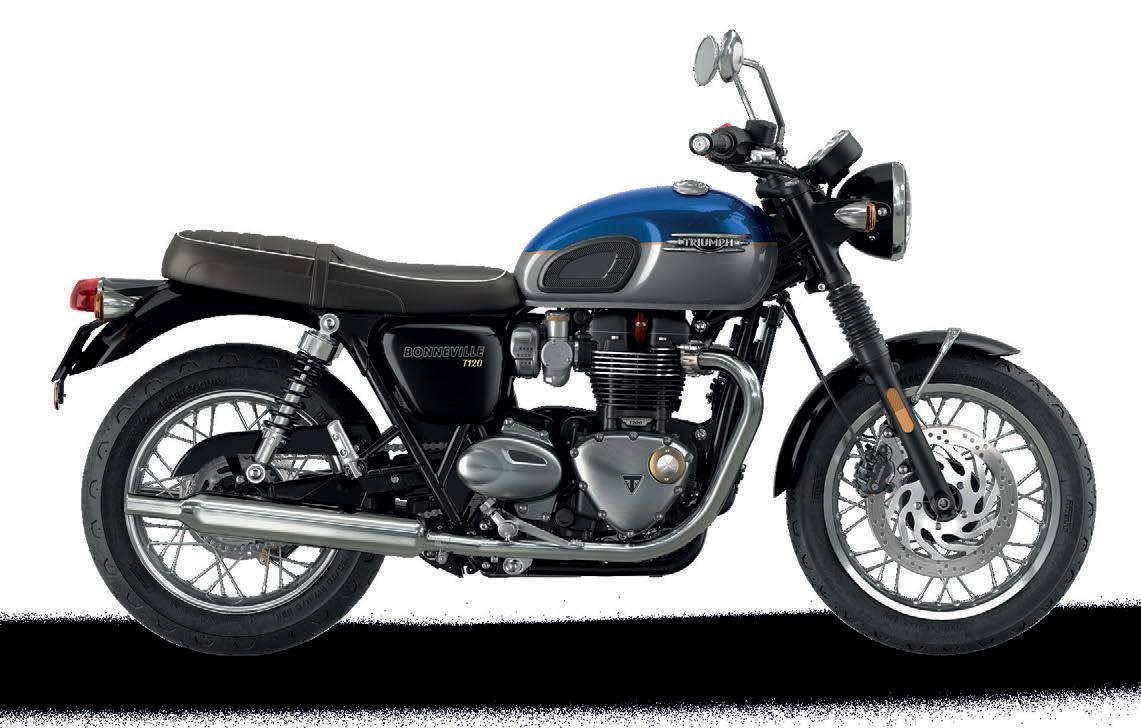
Check the pressures when the tyres are cold because the pressure will read higher when they’re hot. See that the tread depth of both tyres is greater than 1.0mm, as this is the minimum for motorcycle tyres in the UK. Clear out any small stones from within the tread and ensure there’s nothing penetrating the tyre.
Check the tension of the chain; it should have around an inch of slack. Clean and lubricate the chain regularly.
If the coolant level is low don’t use tap water! Always top-up with a mix of distilled water and anti-freeze (50% of each). Anti-freeze not only keeps the coolant from freezing in the winter, but also helps to stop your bike from overheating in the summer.
Check your bike’s lights before each ride, including indicators front and back. Remember to check that both the rear and front brake pedal/ lever operates the brake lights and give the horn a quick toot.
Check the oil level by using the dipstick or ‘spyglass’ in the side of the engine. Get the bike on its centre-stand or get someone to sit on the bike to keep it vertical. Never overfill your oil tank!
Wheel the bike along and feel for resistance or pulsing at the lever, indicating binding calipers or warped discs. Check the brakes bite when you squeeze the lever and that the pads have plenty of wear left. Make sure the level of the fluid in the brake reservoir is within the marked area.

We’ve teamed up with our partners to offer a range of goodies in our free-to-enter prize draw. One lucky winner will scoop ALL the prizes!
BIKESURE INSURANCE
Get £150 off your next bike insurance policy, redeemable against any policy taken out with Bikesure Insurance. bikesure.co.uk
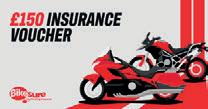
Custom-made soft earplugs with filters for clear communication, protecting hearing from wind and engine noise while allowing use of helmet comms. RRP £95 ultimateear.com
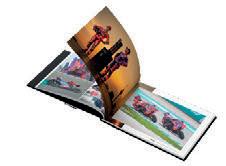
Discreet GPS/RF tracker that monitors any motorcycle or moped with notification of unauthorised movements and a theft response service. RRP £259 biketrac.co.uk
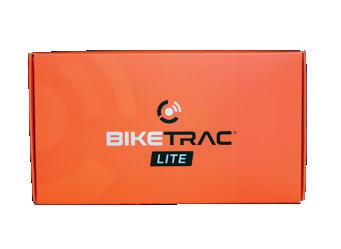
FREECOM 2X SINGLE
Enjoy next-level Bluetooth communication with FREECOM 2X: crisp JBL sound, live intercom, and intuitive controls. RRP £199.95 pama.com/cardo
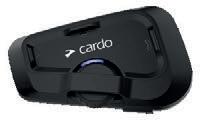
PACKTALK NEO SINGLE
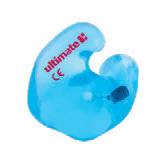
Relive the 2024 MotoGP emotions with ‘MotoGP in Focus’: a 128-page, officially licensed book featuring rare imagery and behind-the-scenes photos. RRP: £45 mtcm.link/hpda
Win a family ticket to Motorcycle Live 2026, the UK’s largest indoor motorcycle exhibition, with opportunities to ride, buy, try and enjoy all the show has to offer. RRP £51 motorcyclelive.co.uk

Cardo Systems’ PACKTALK Neo is a high-tech, Bluetoothenabled motorcycle communication headset. RRP £295.95 pama.com/cardo
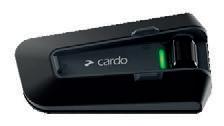

The Farmyard Party in North Yorkshire is one of the largest motorcycle rallies in Europe. There’s a couple of weekend tickets up for grabs! RRP £100 farmyardparty.com
Access their legal support, discounted insurance, safety training, and community events, to enable networking with fellow enthusiasts, and a t-shirt too! RRP £58 britishmotorcyclists.co.uk
